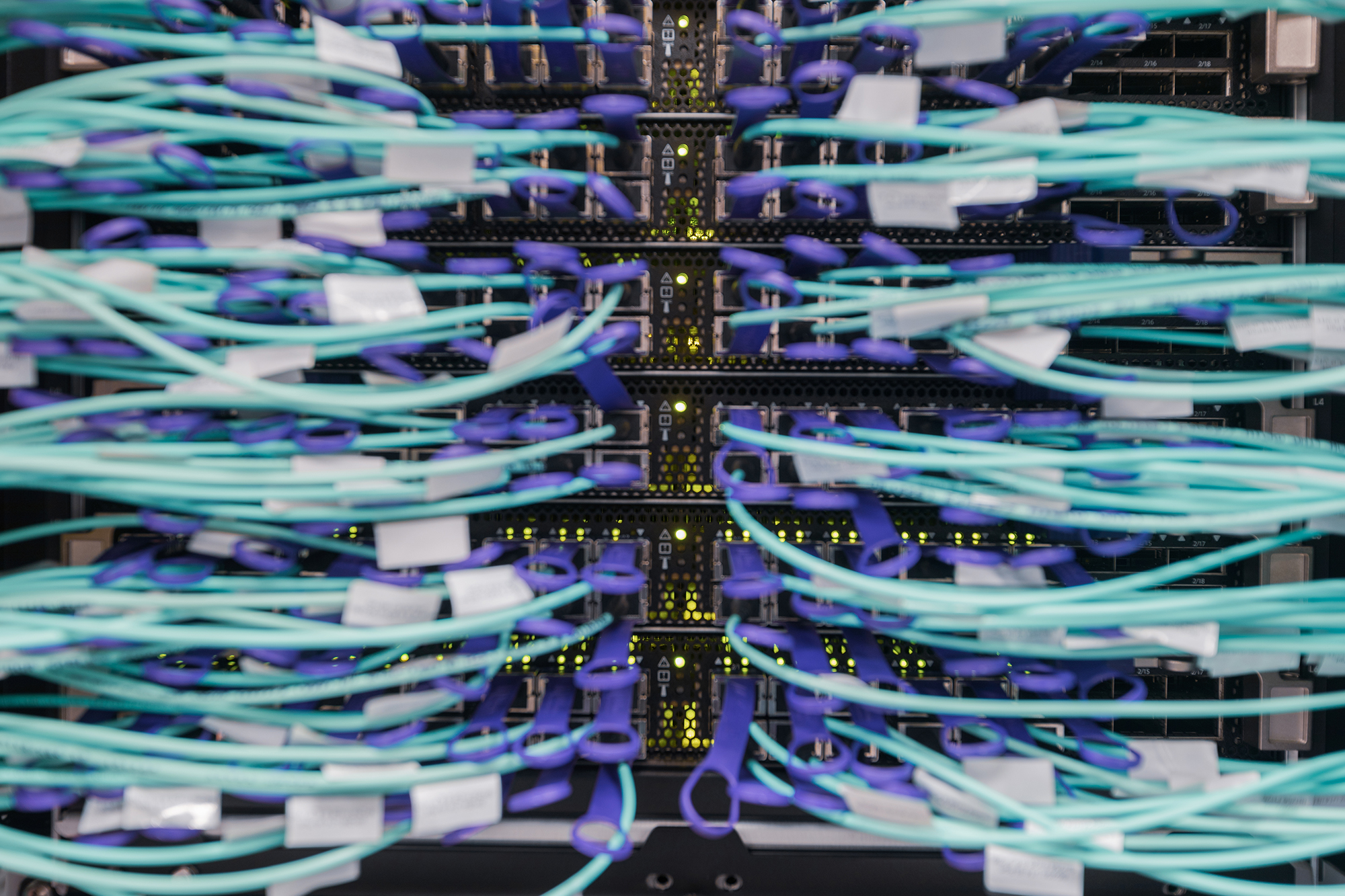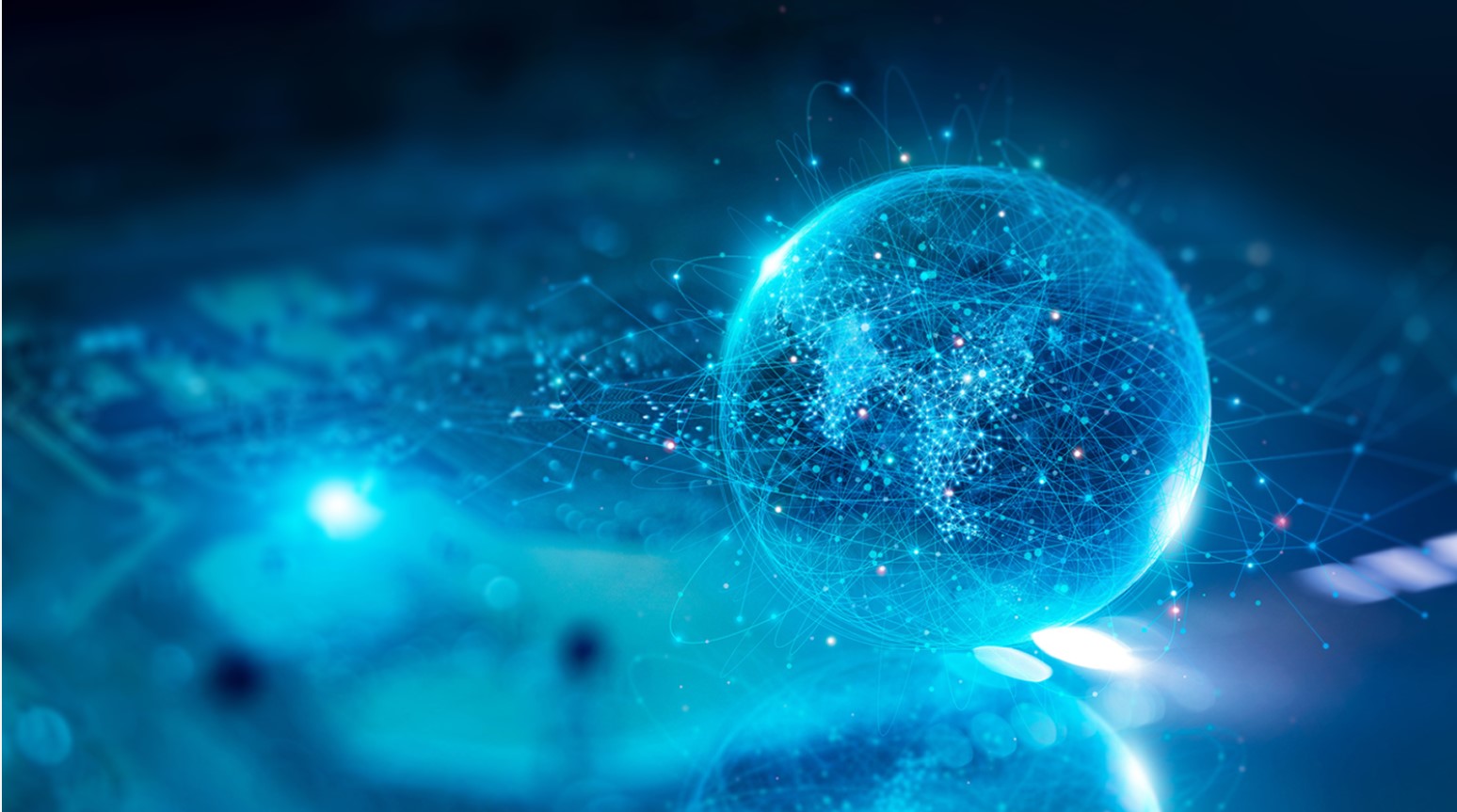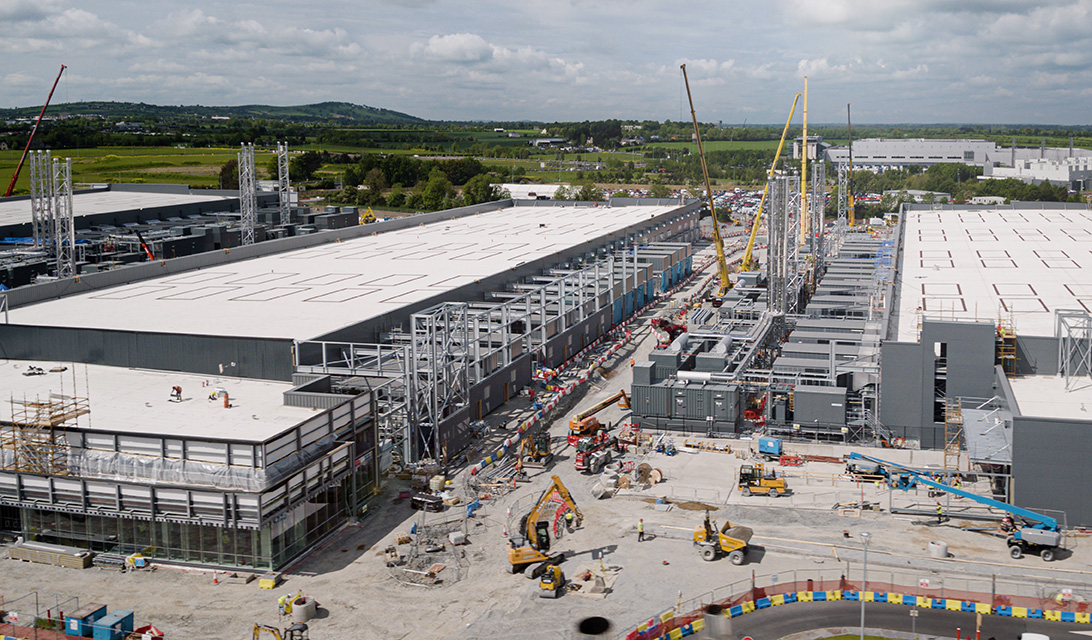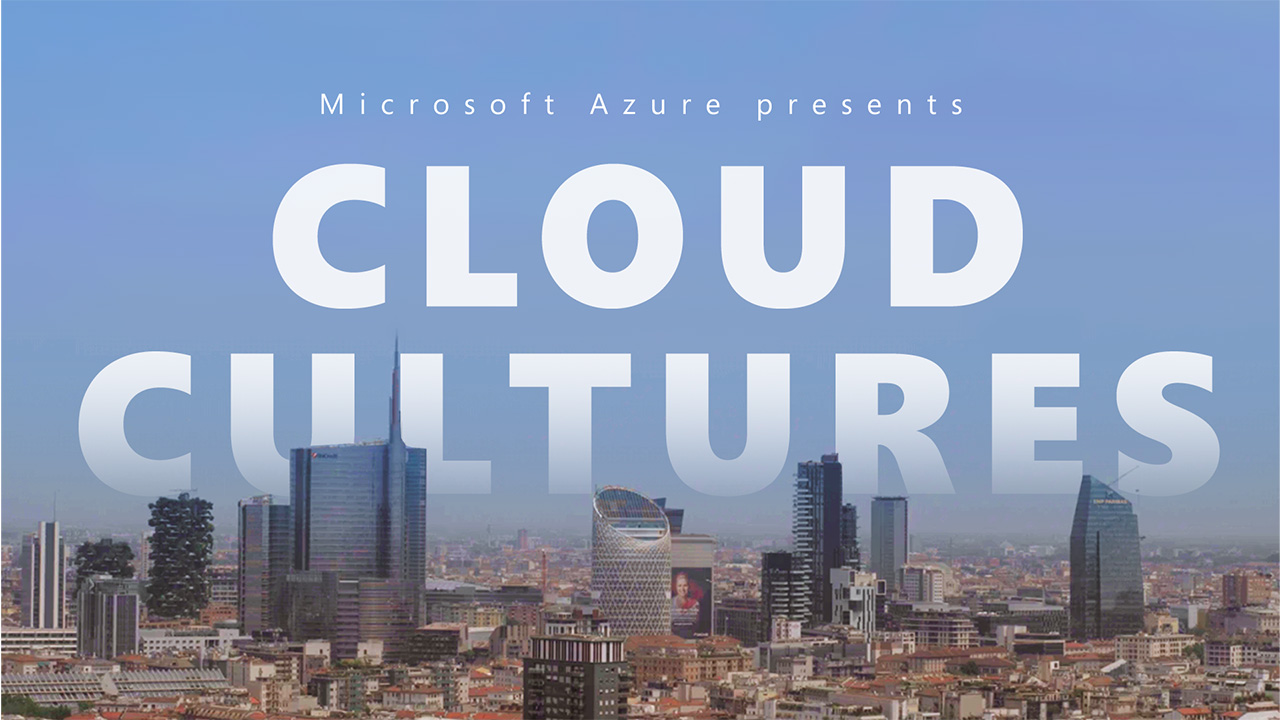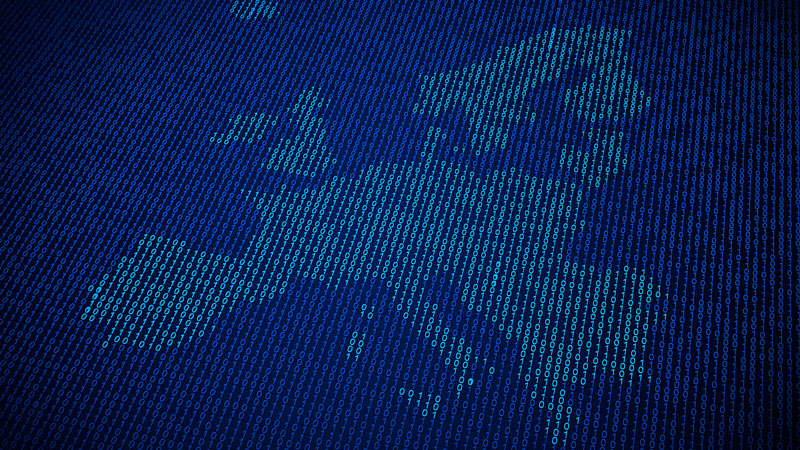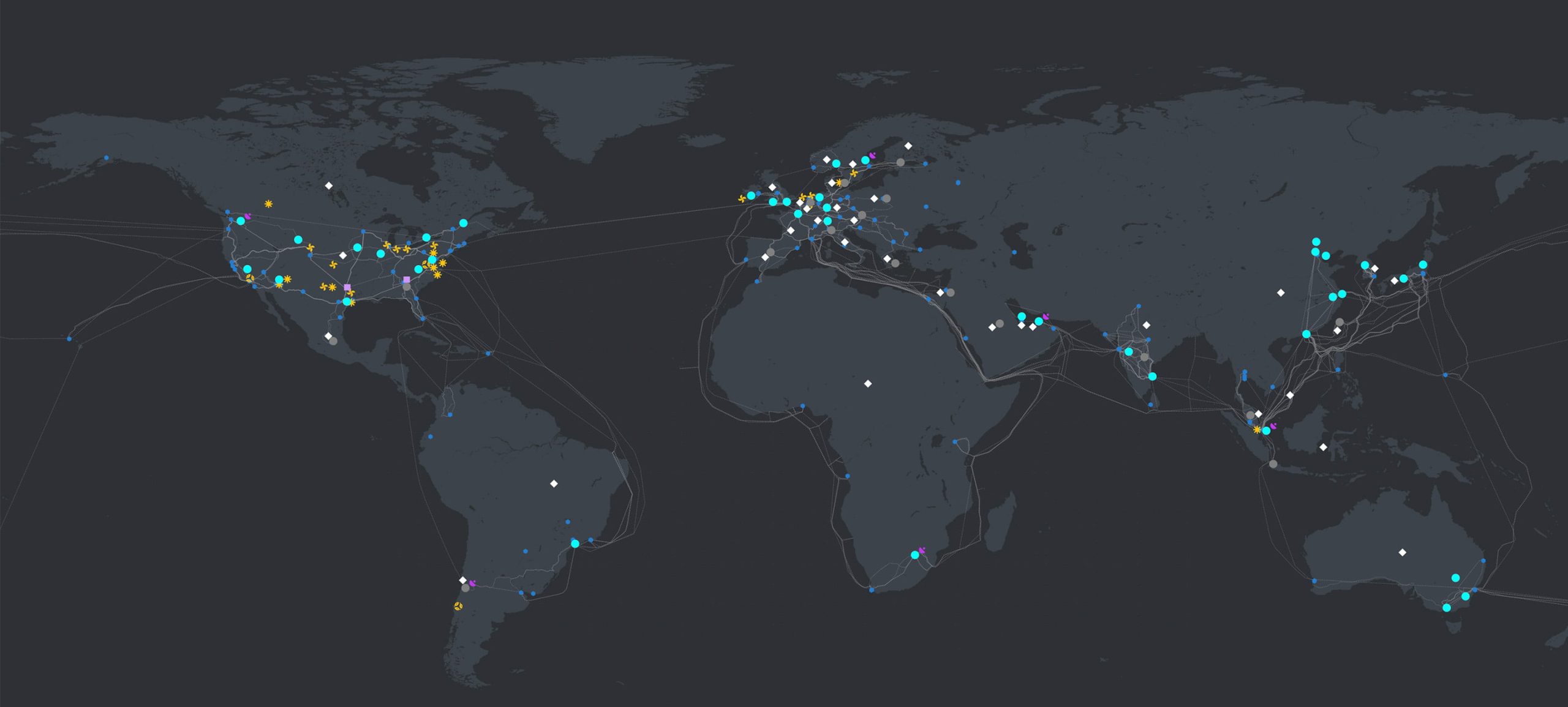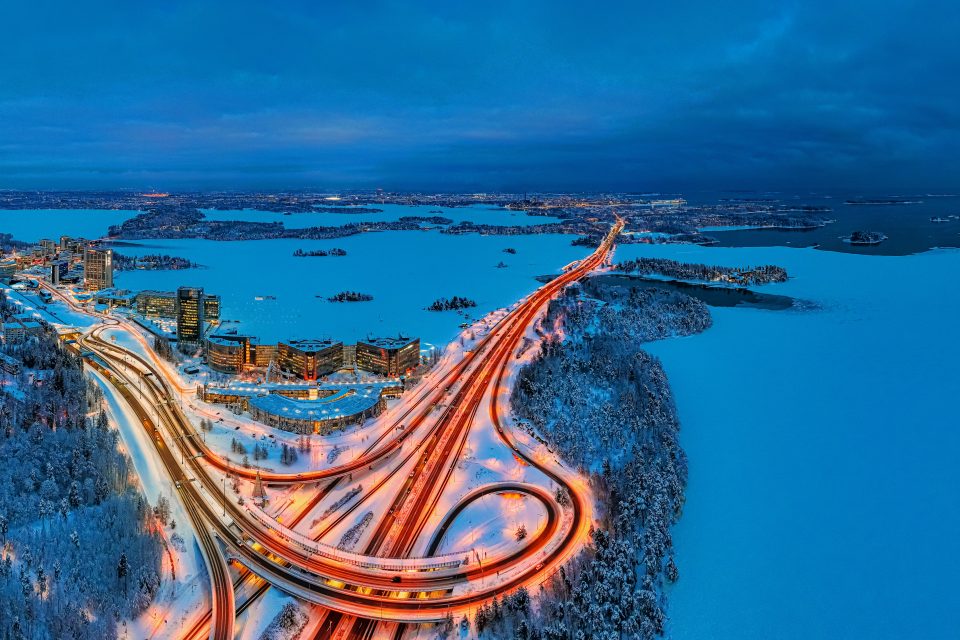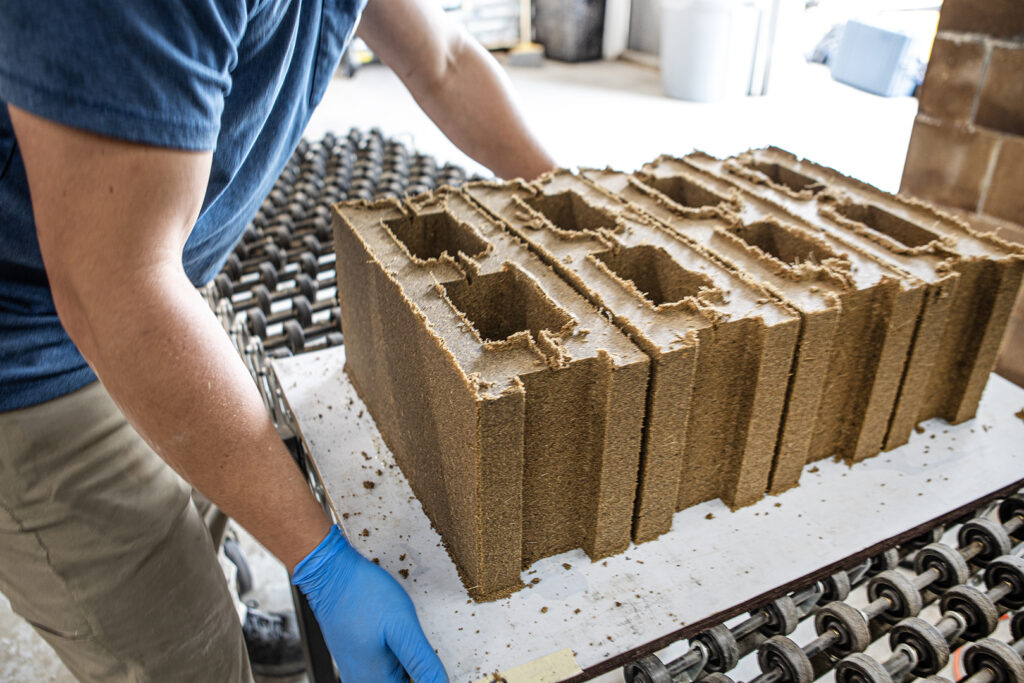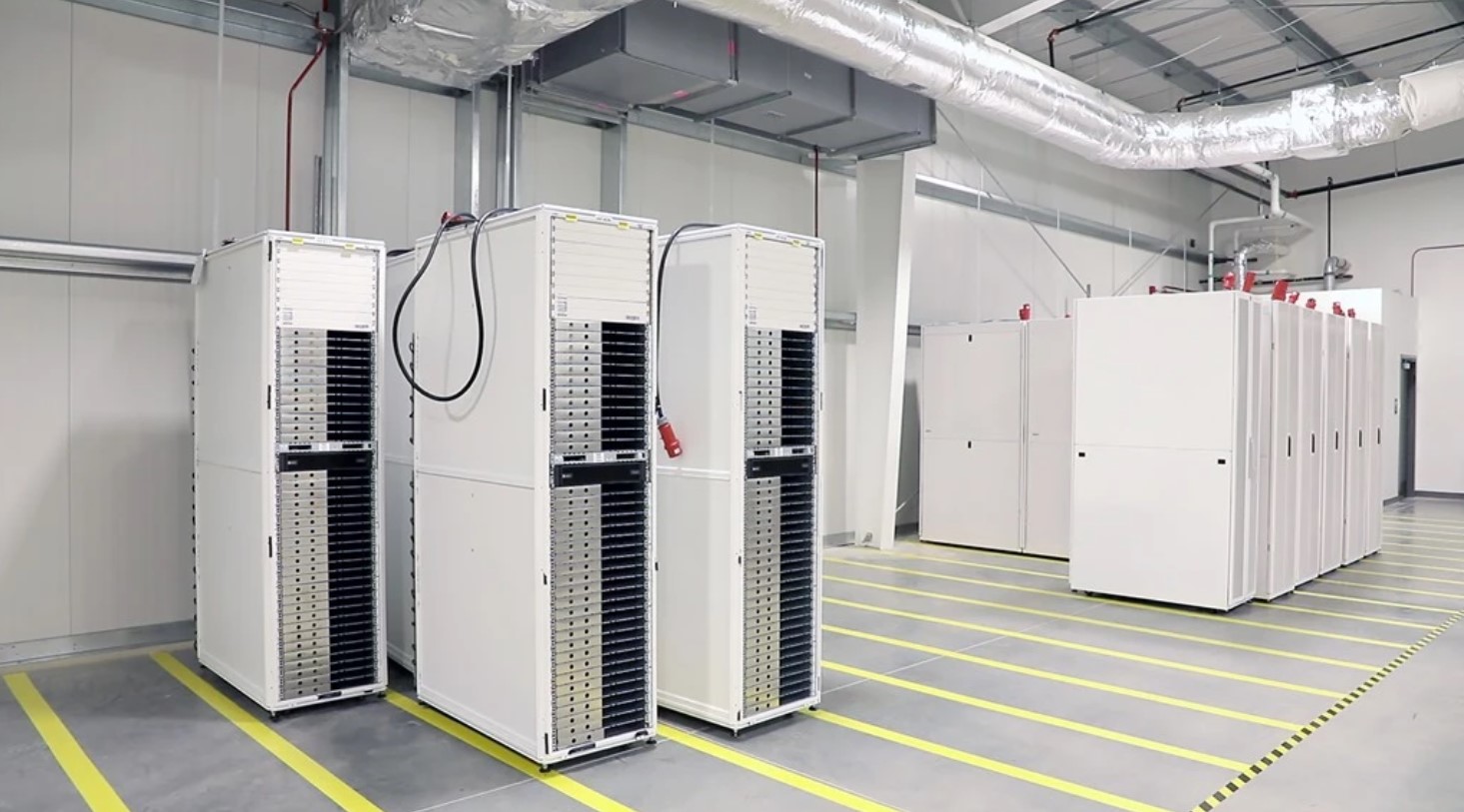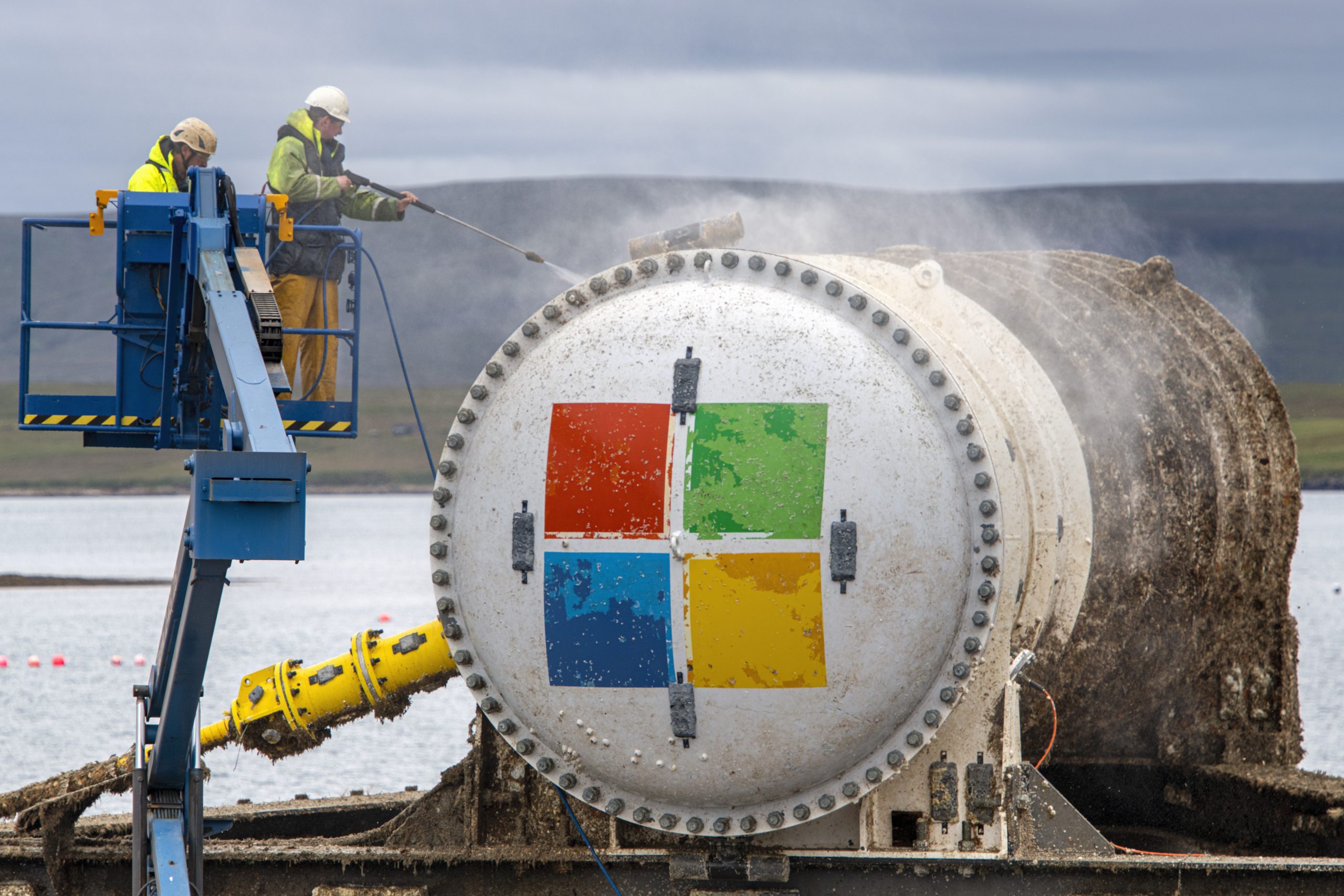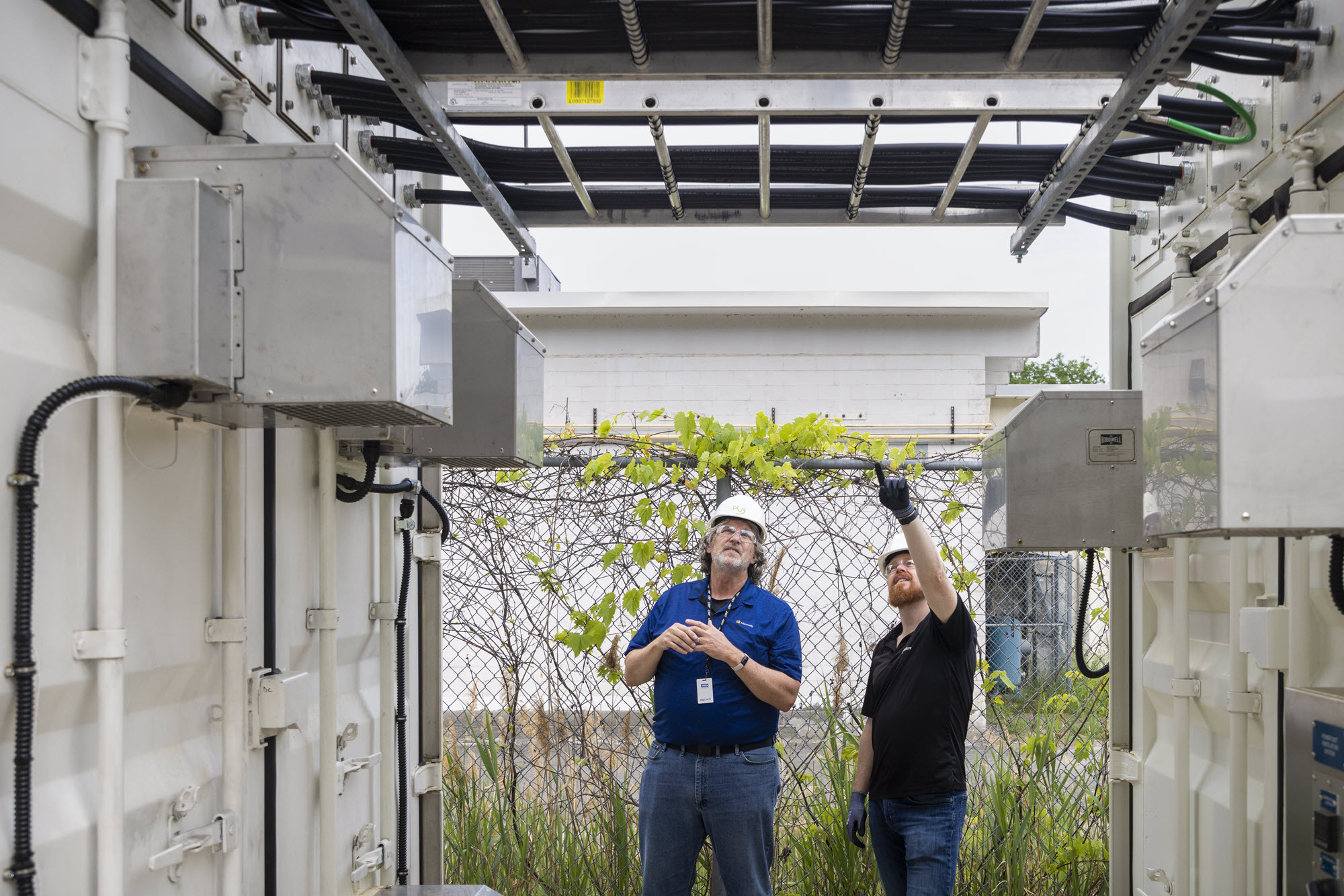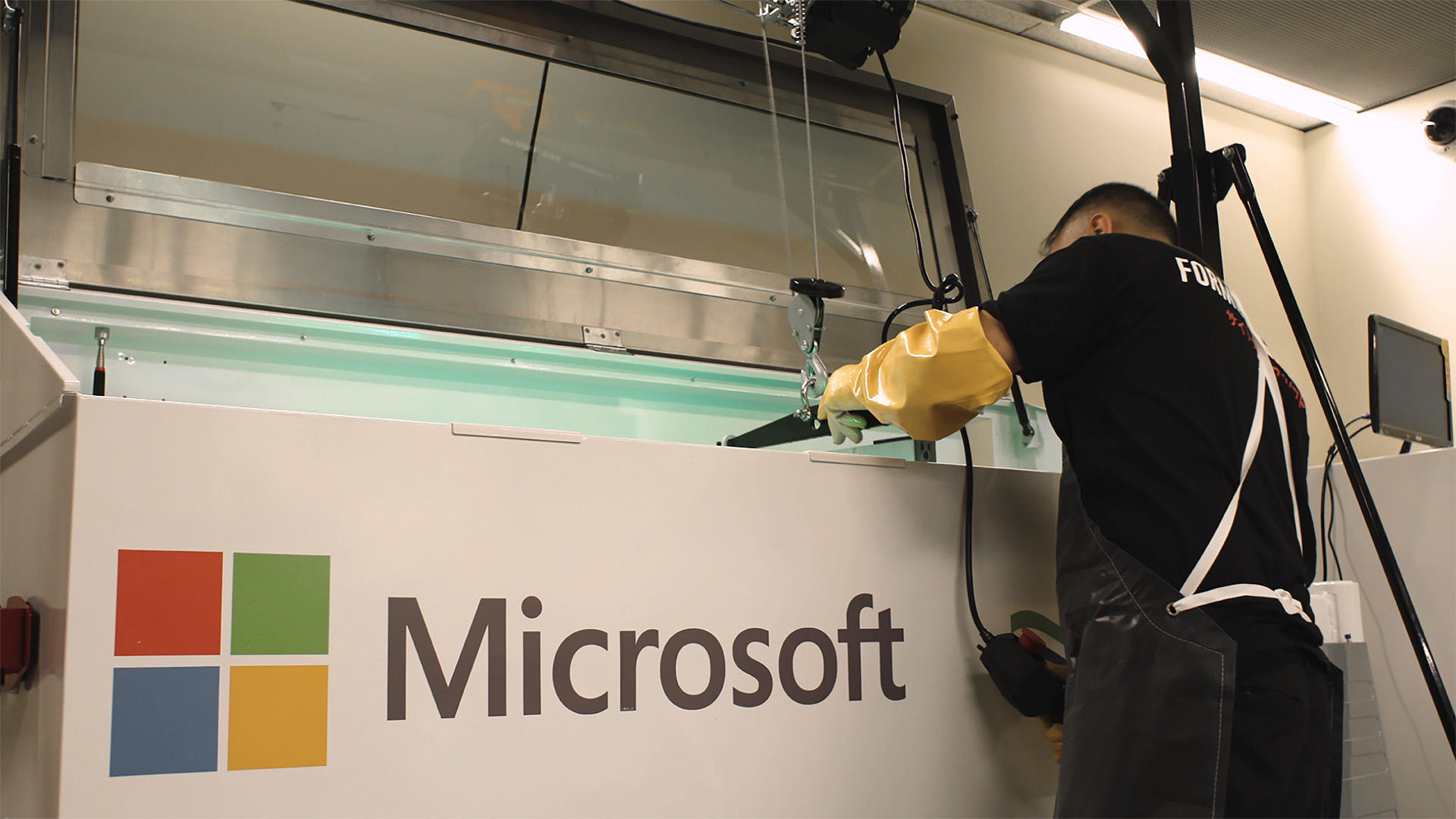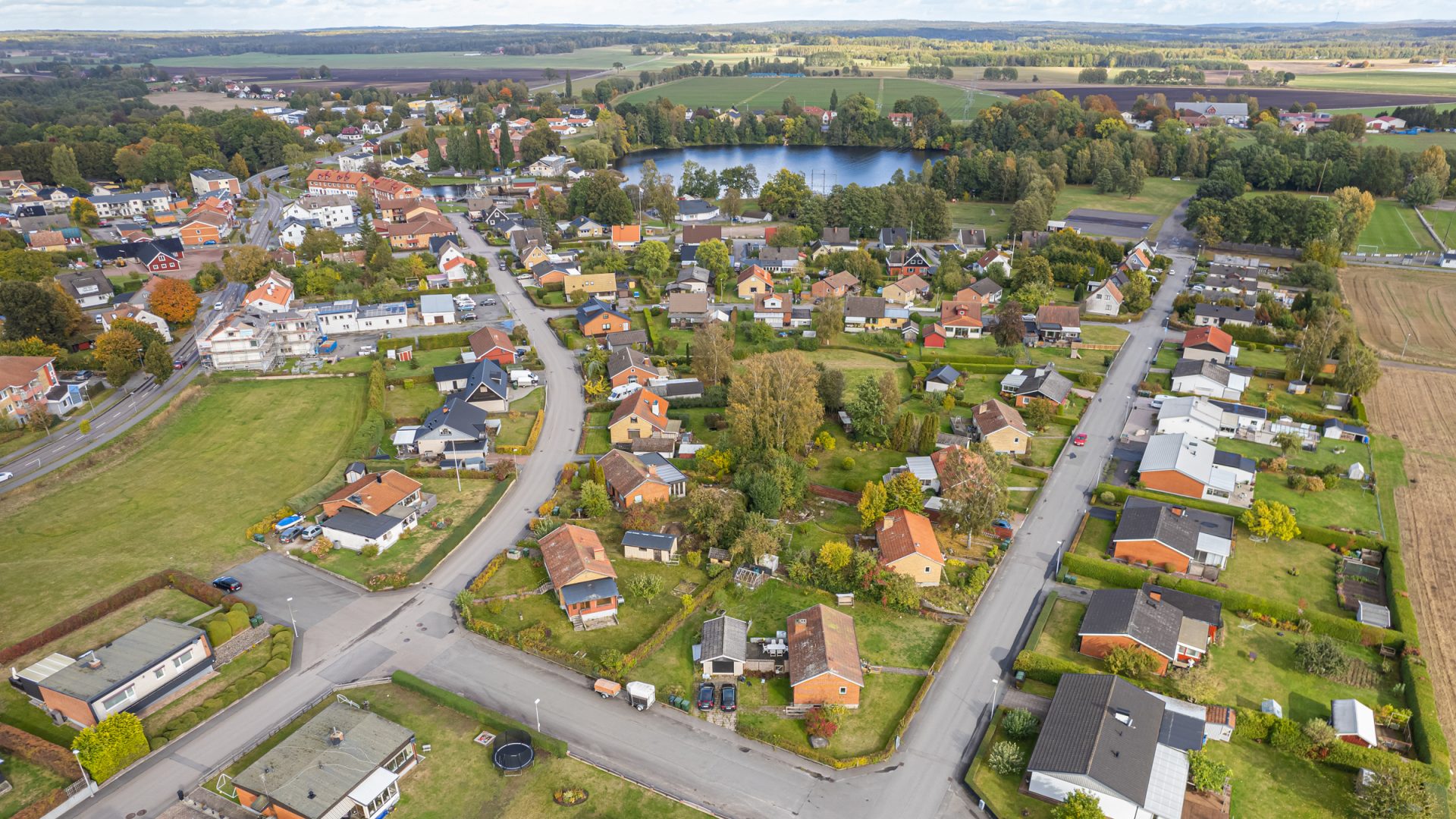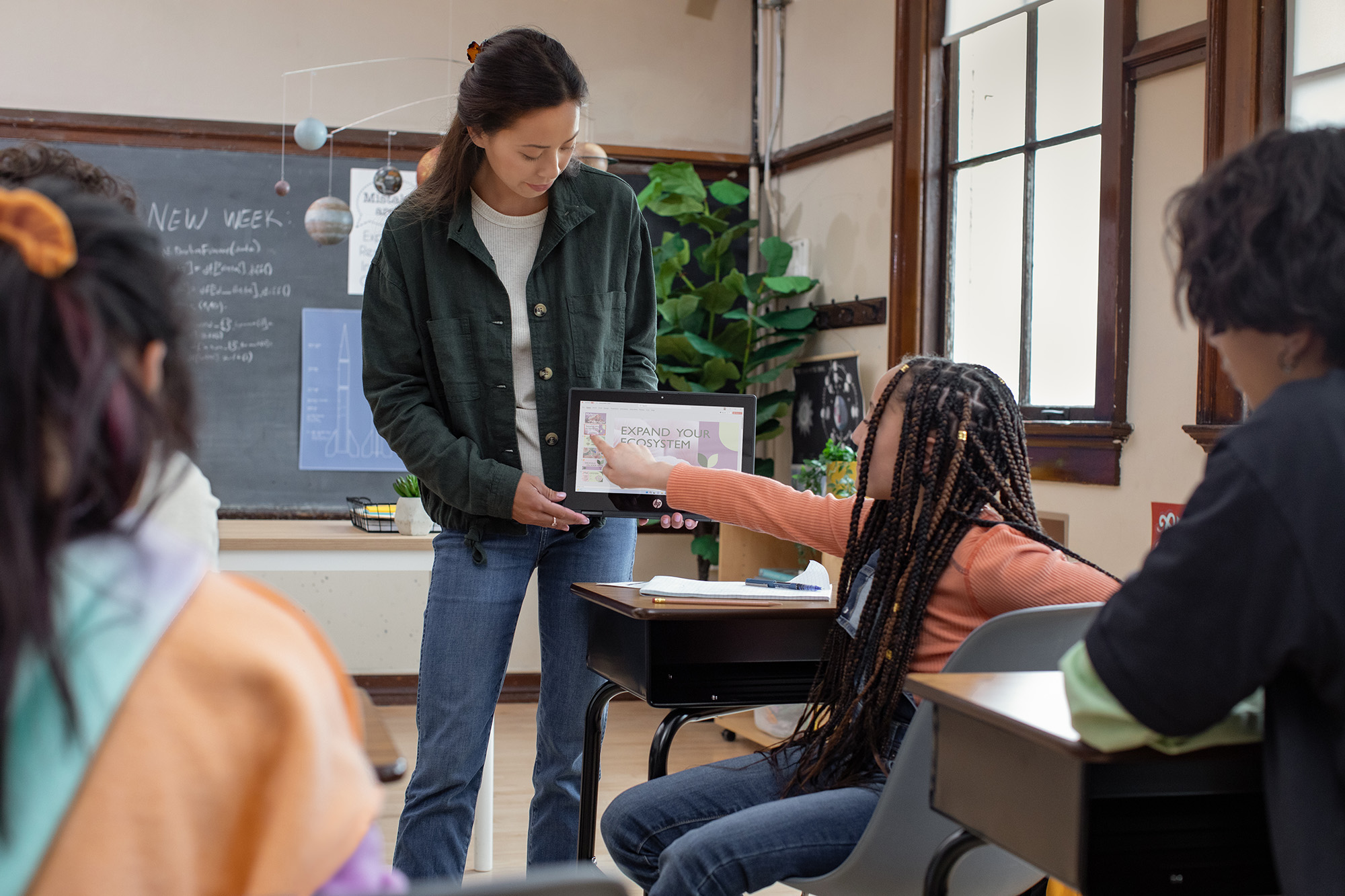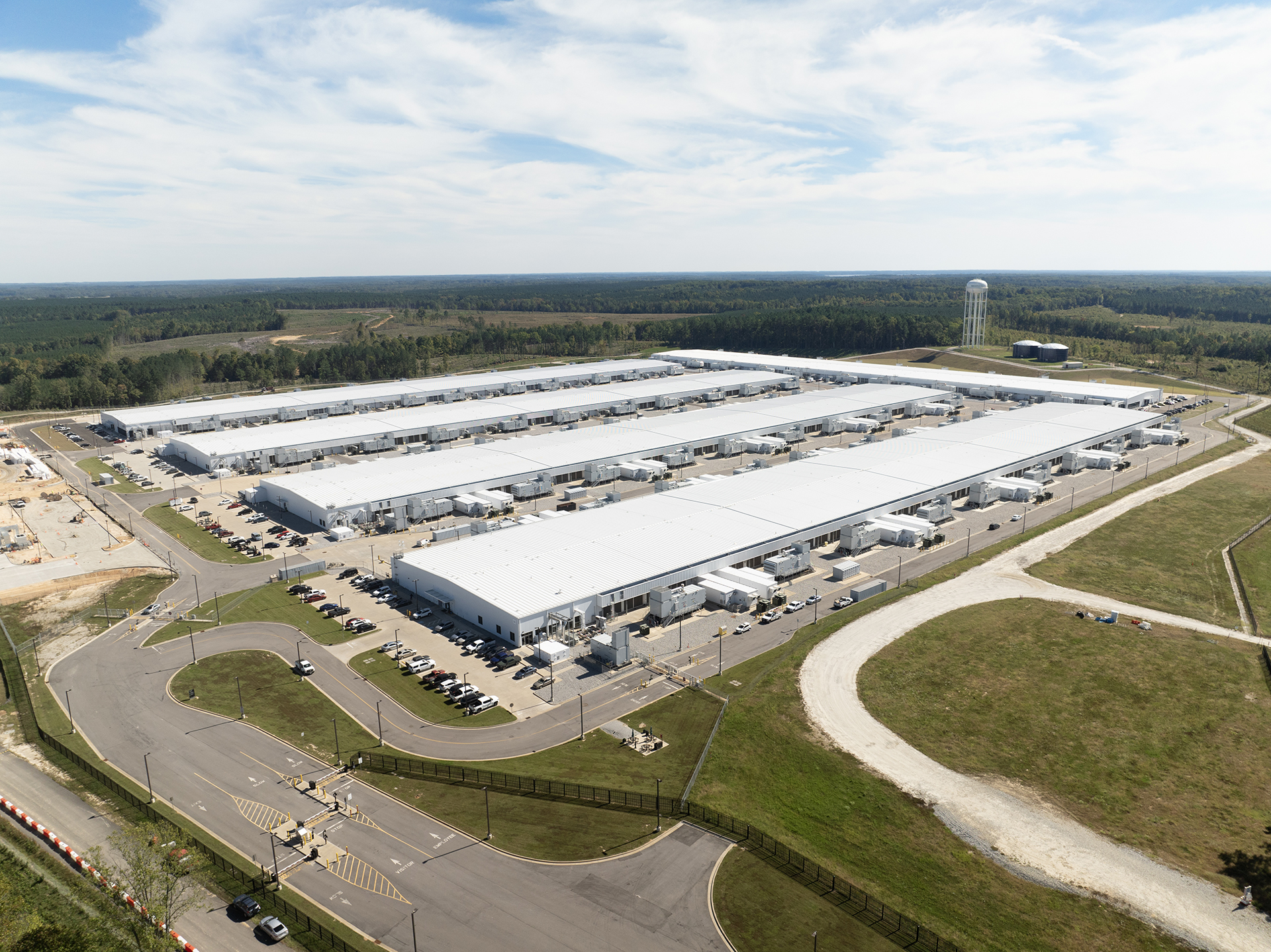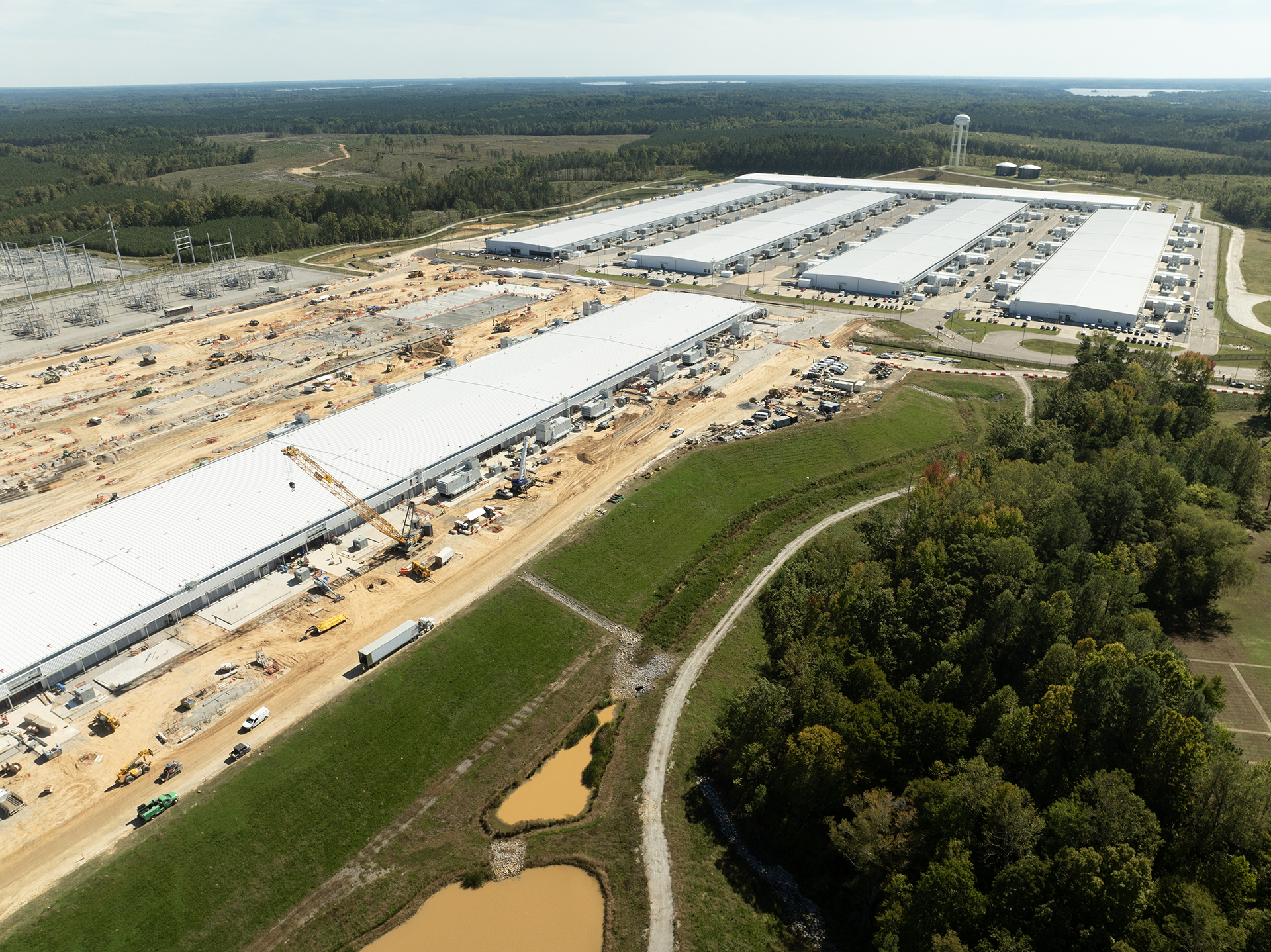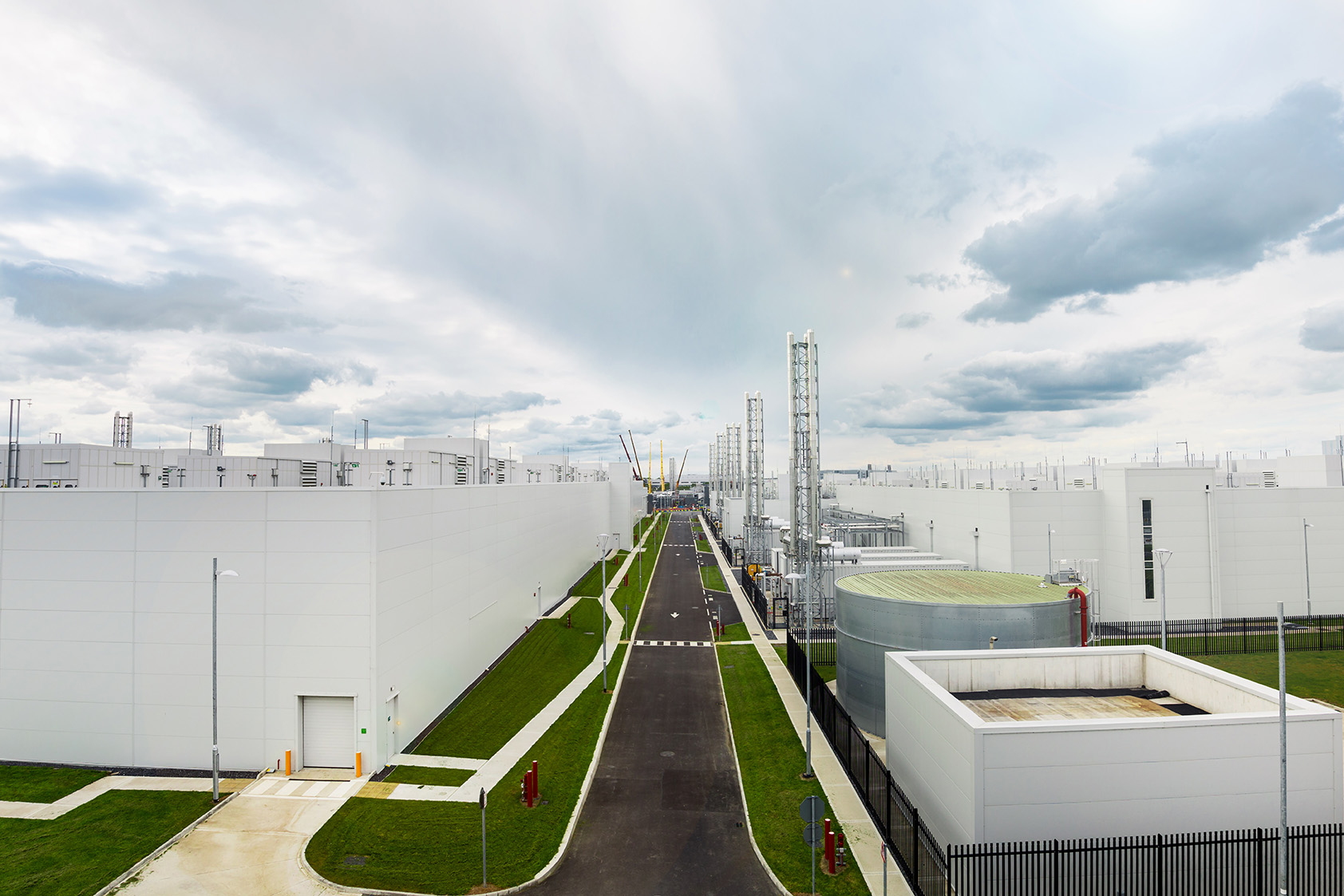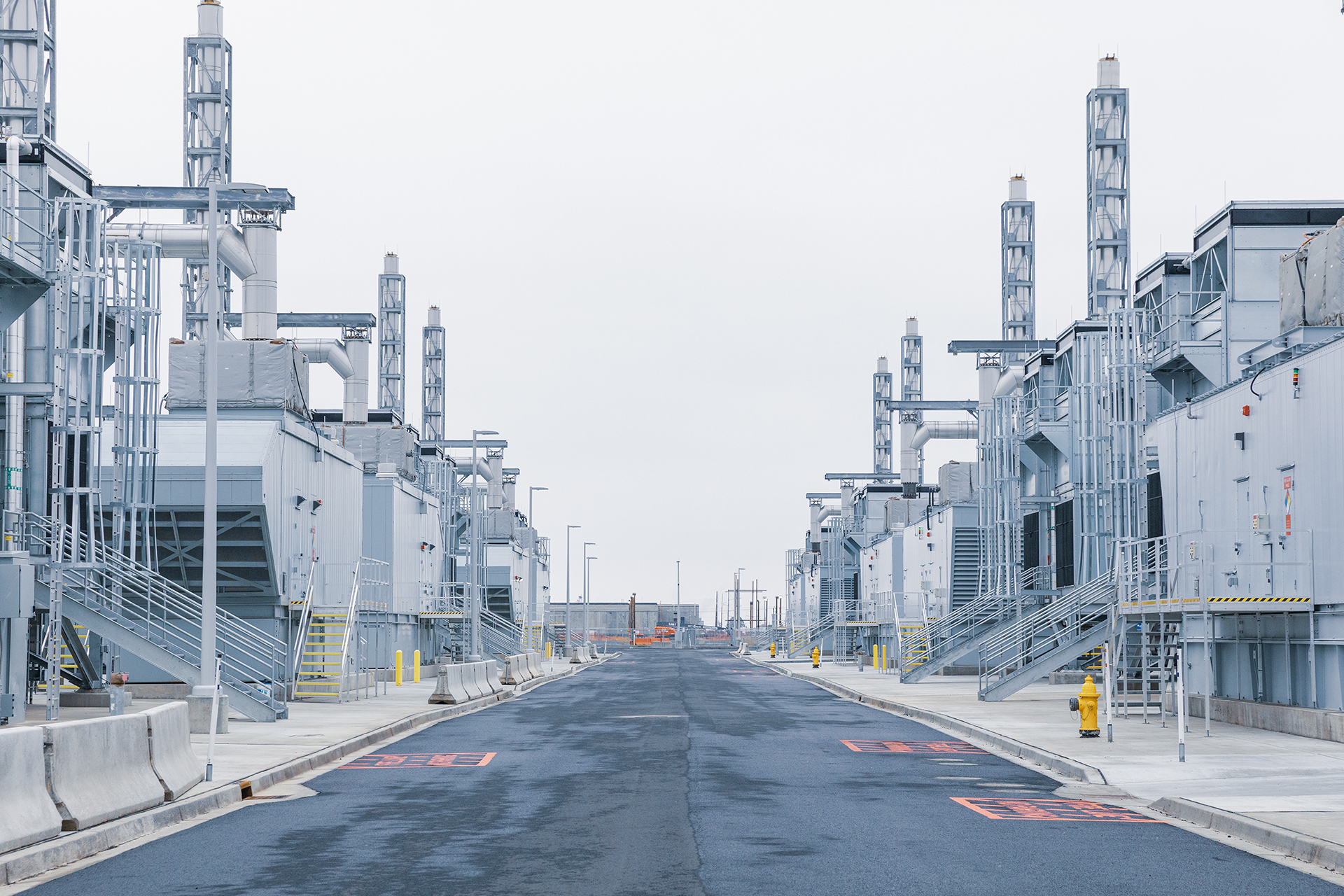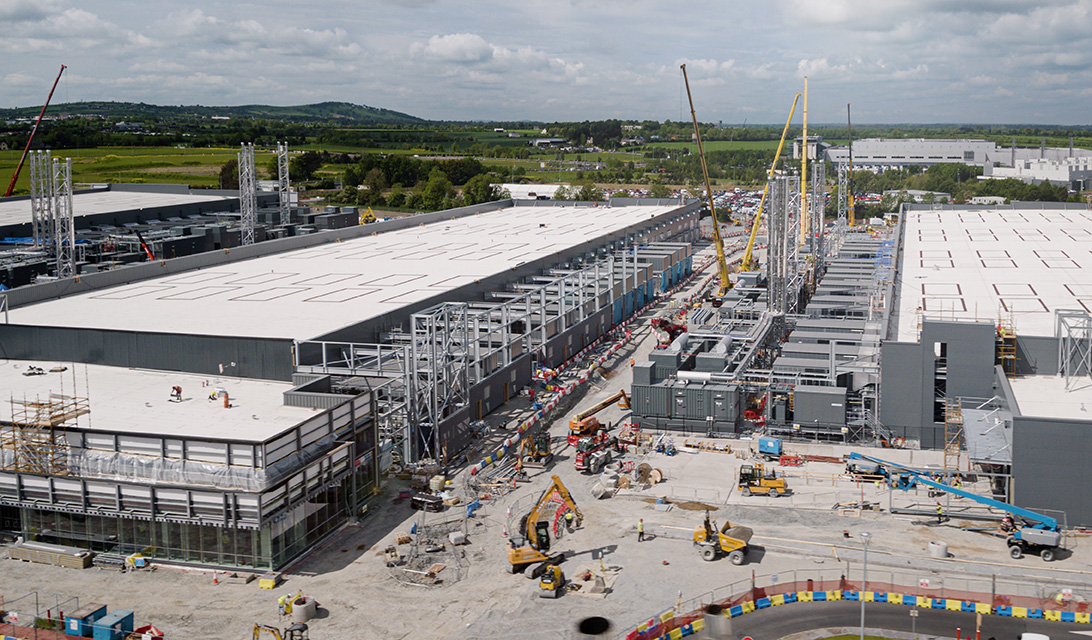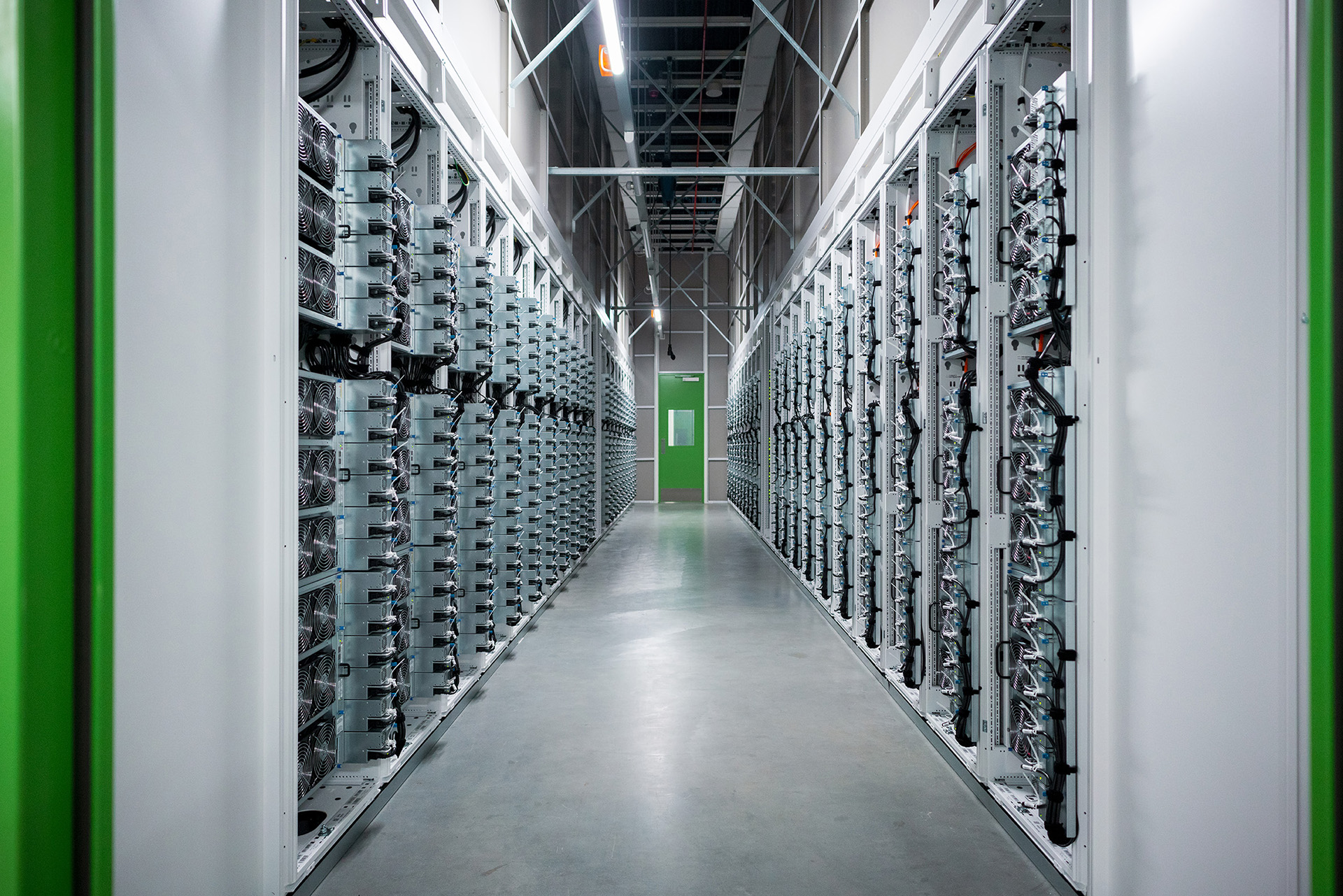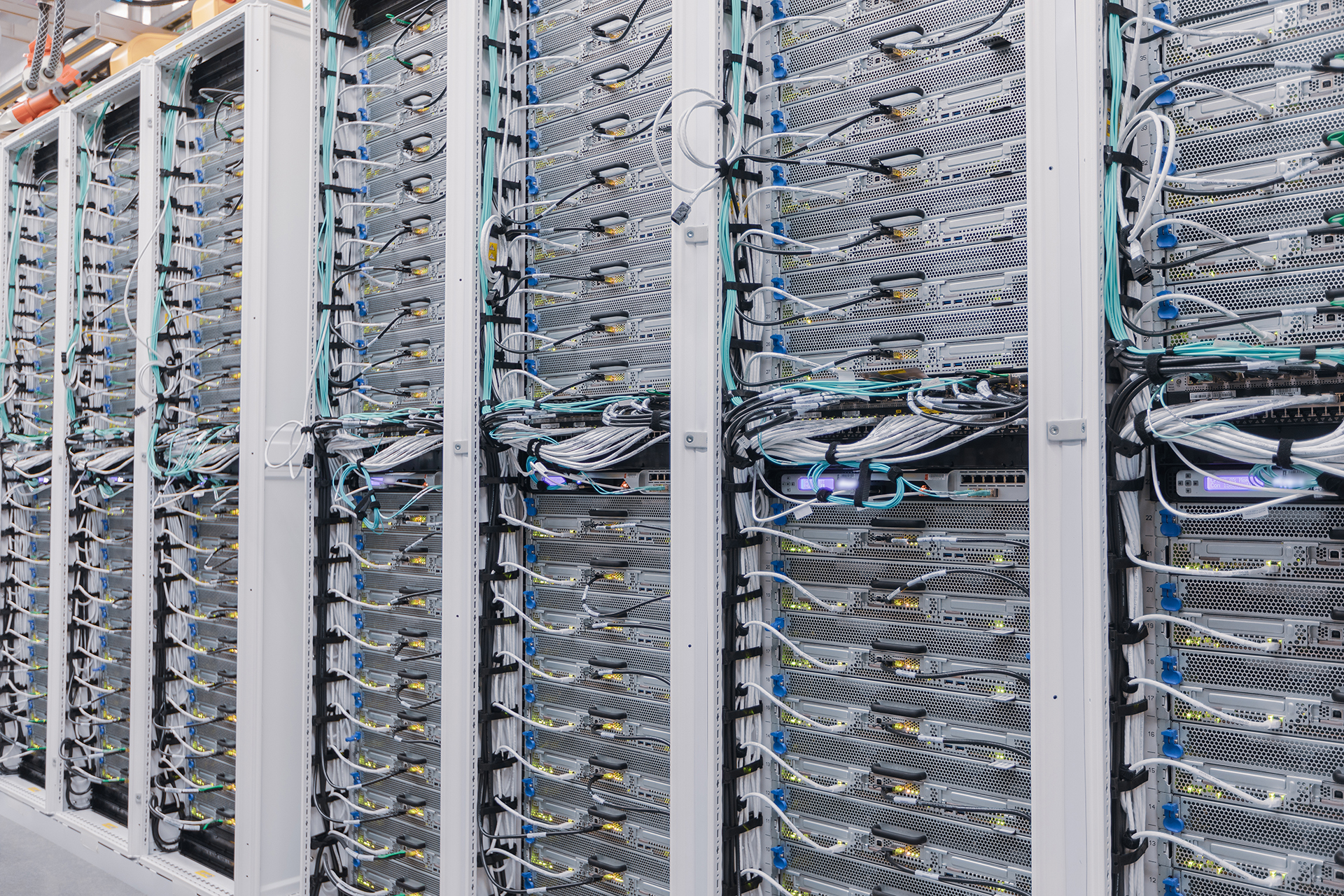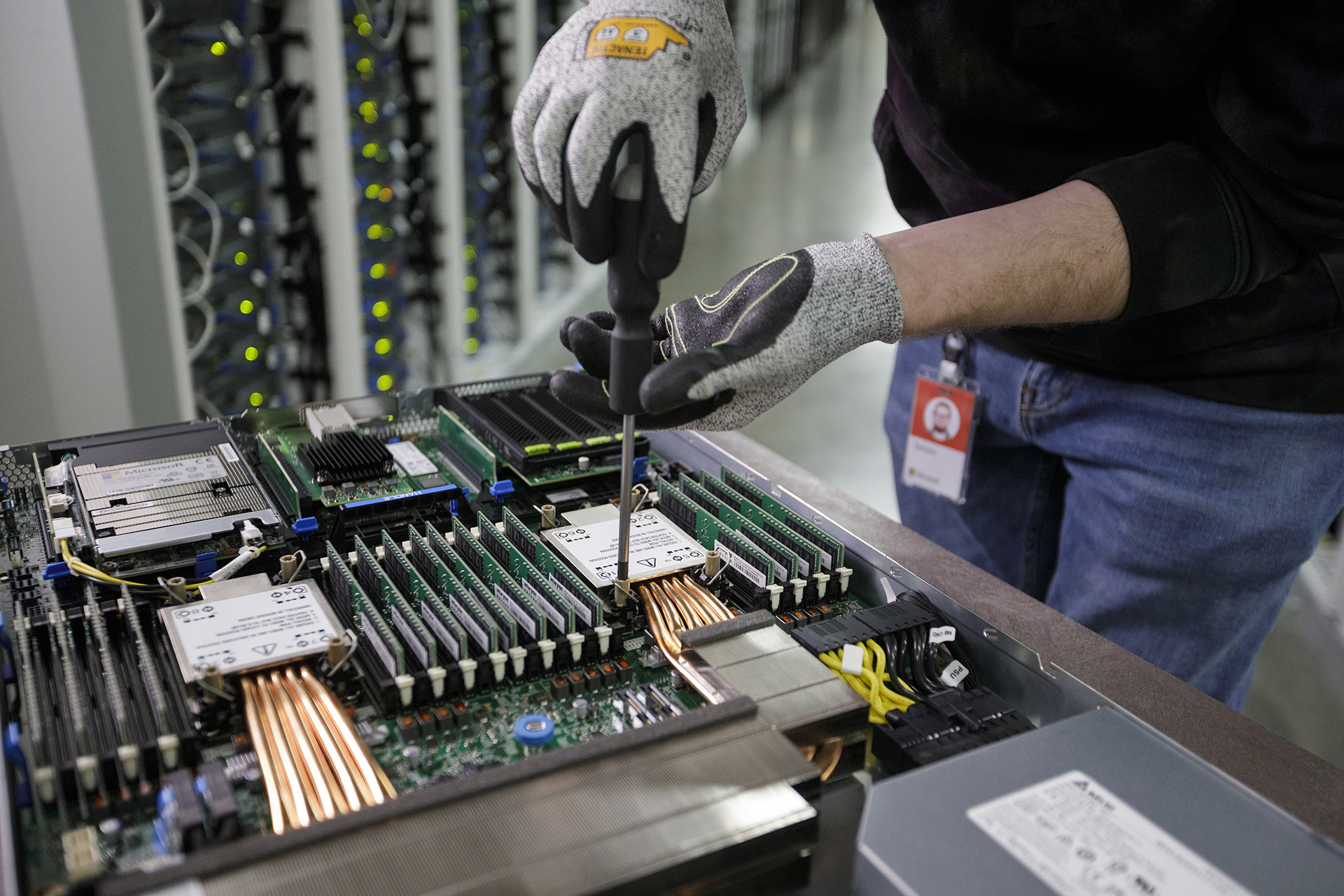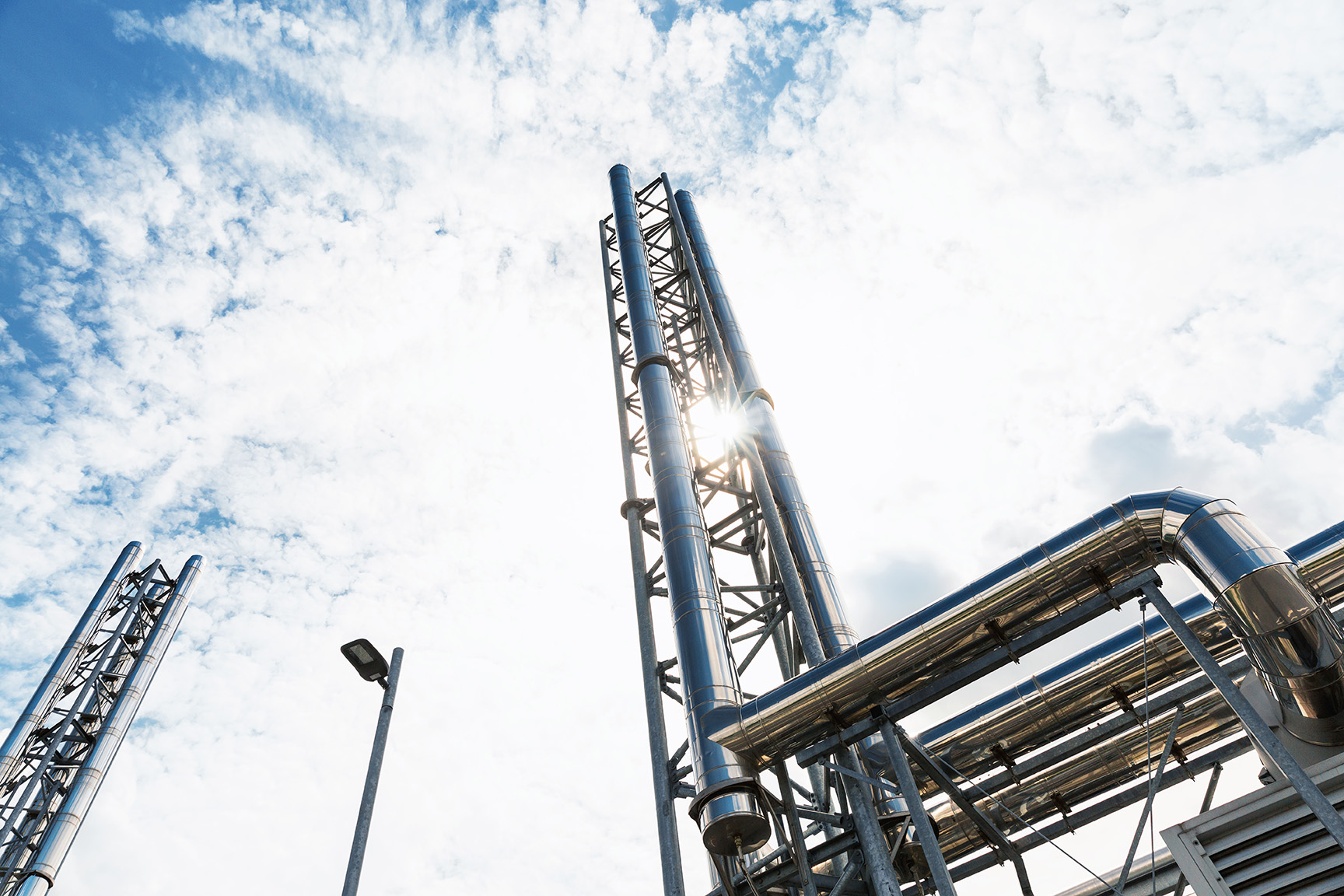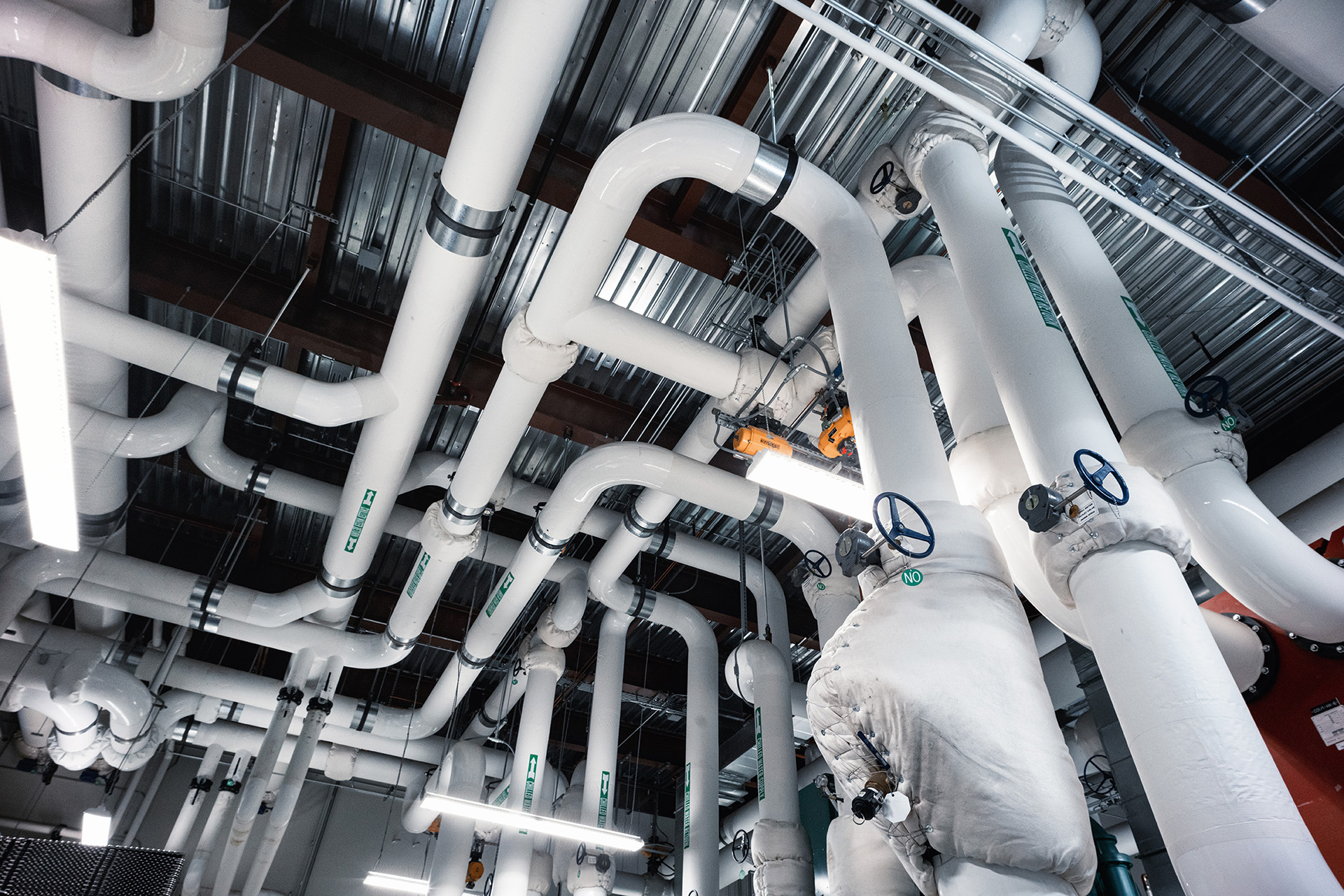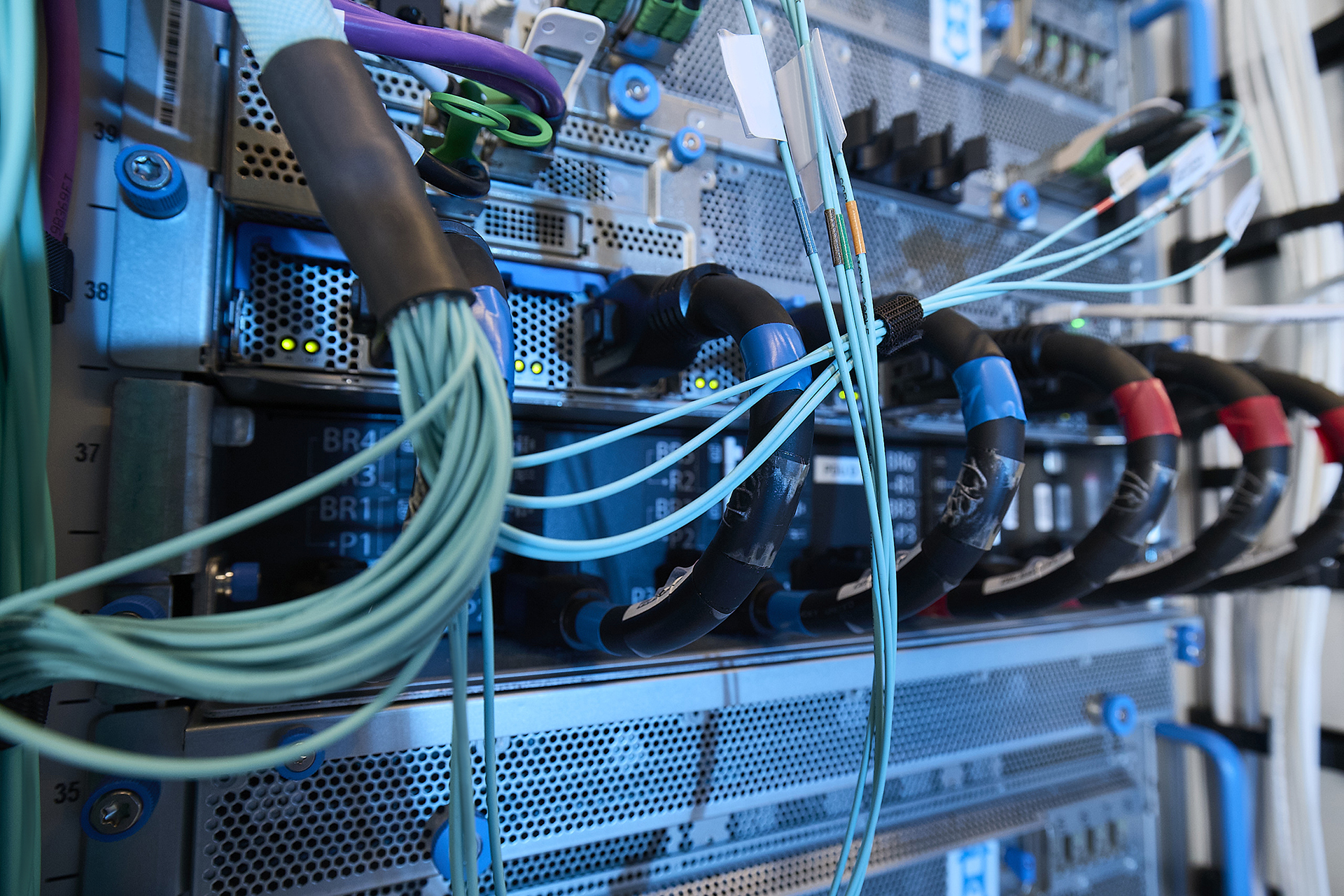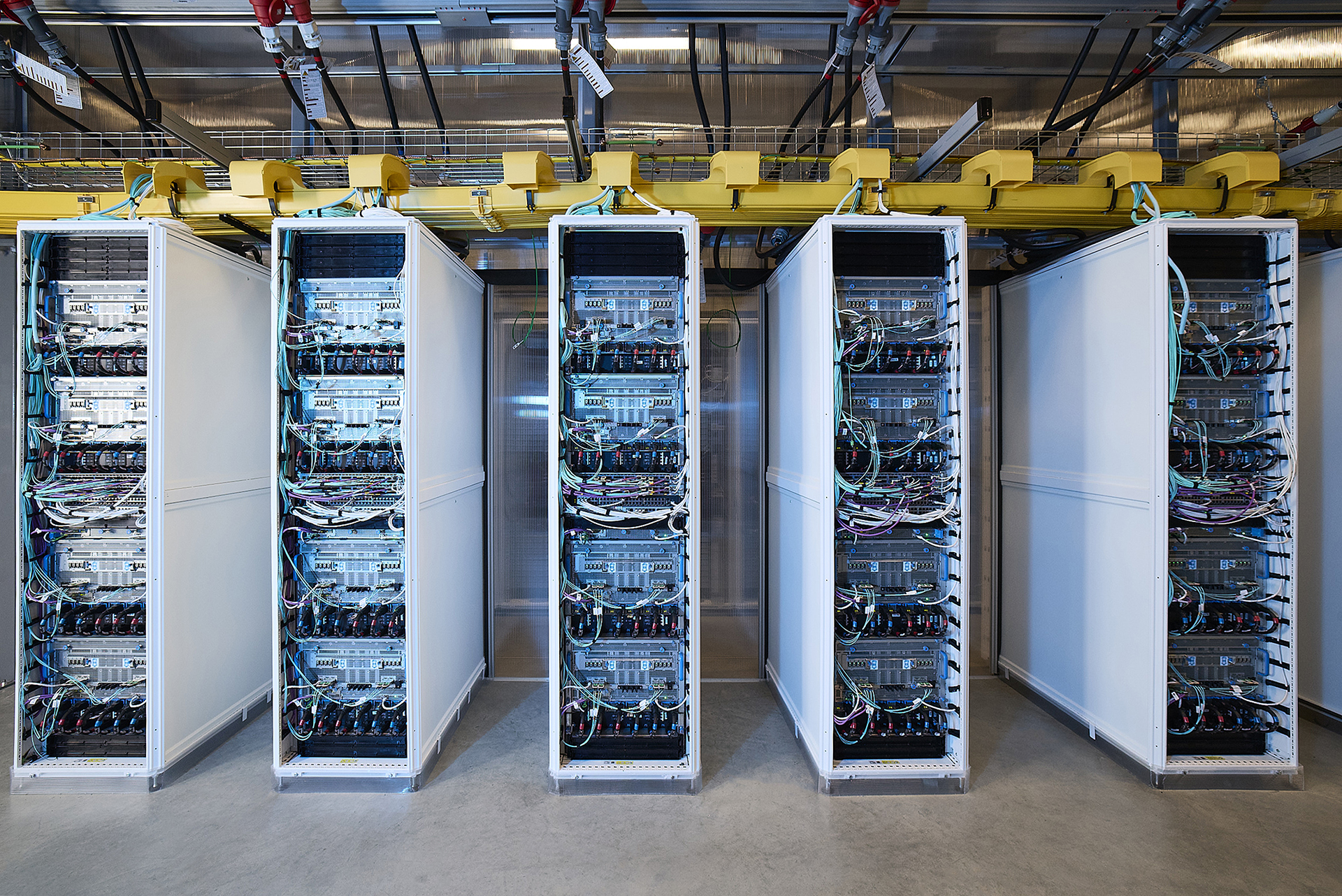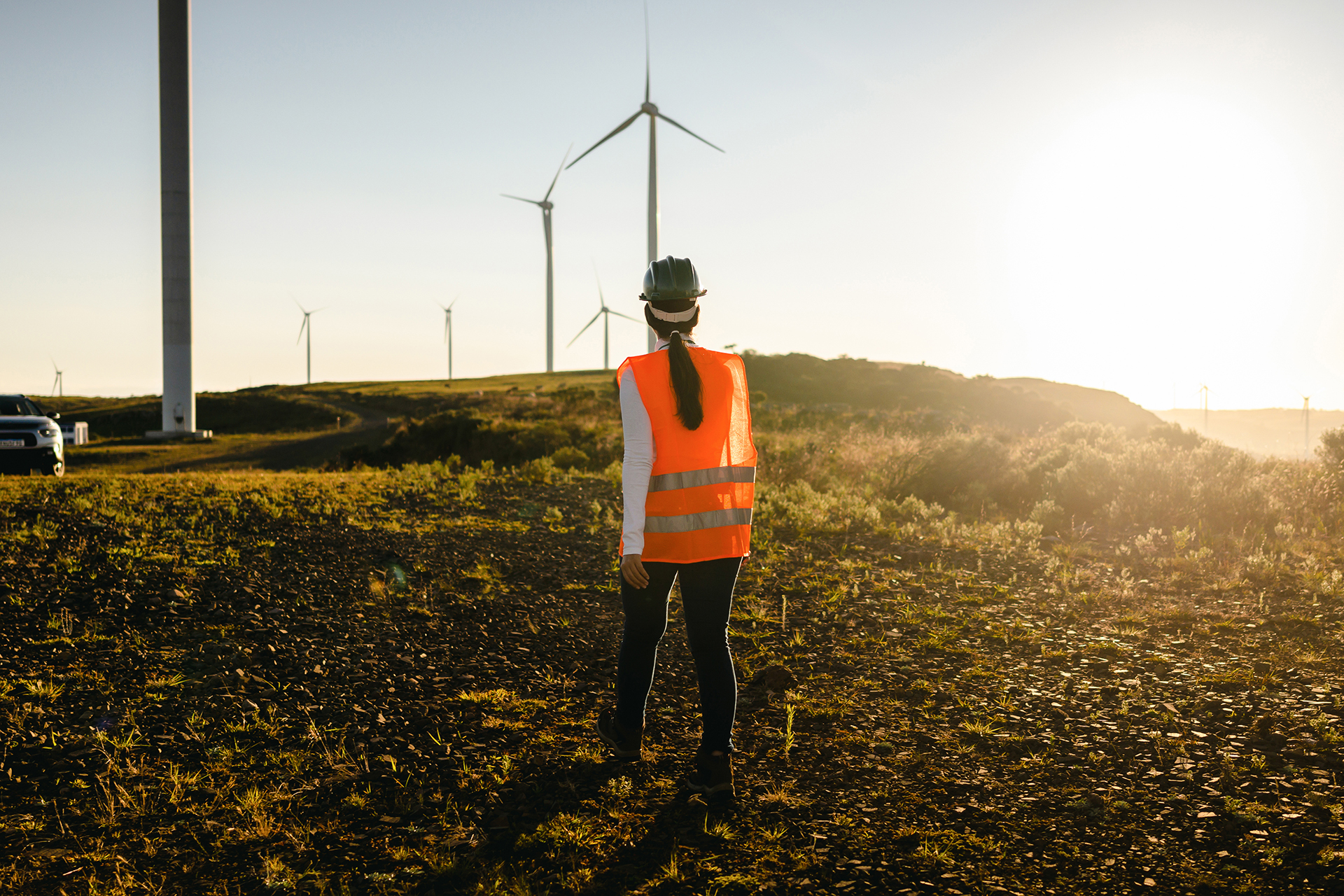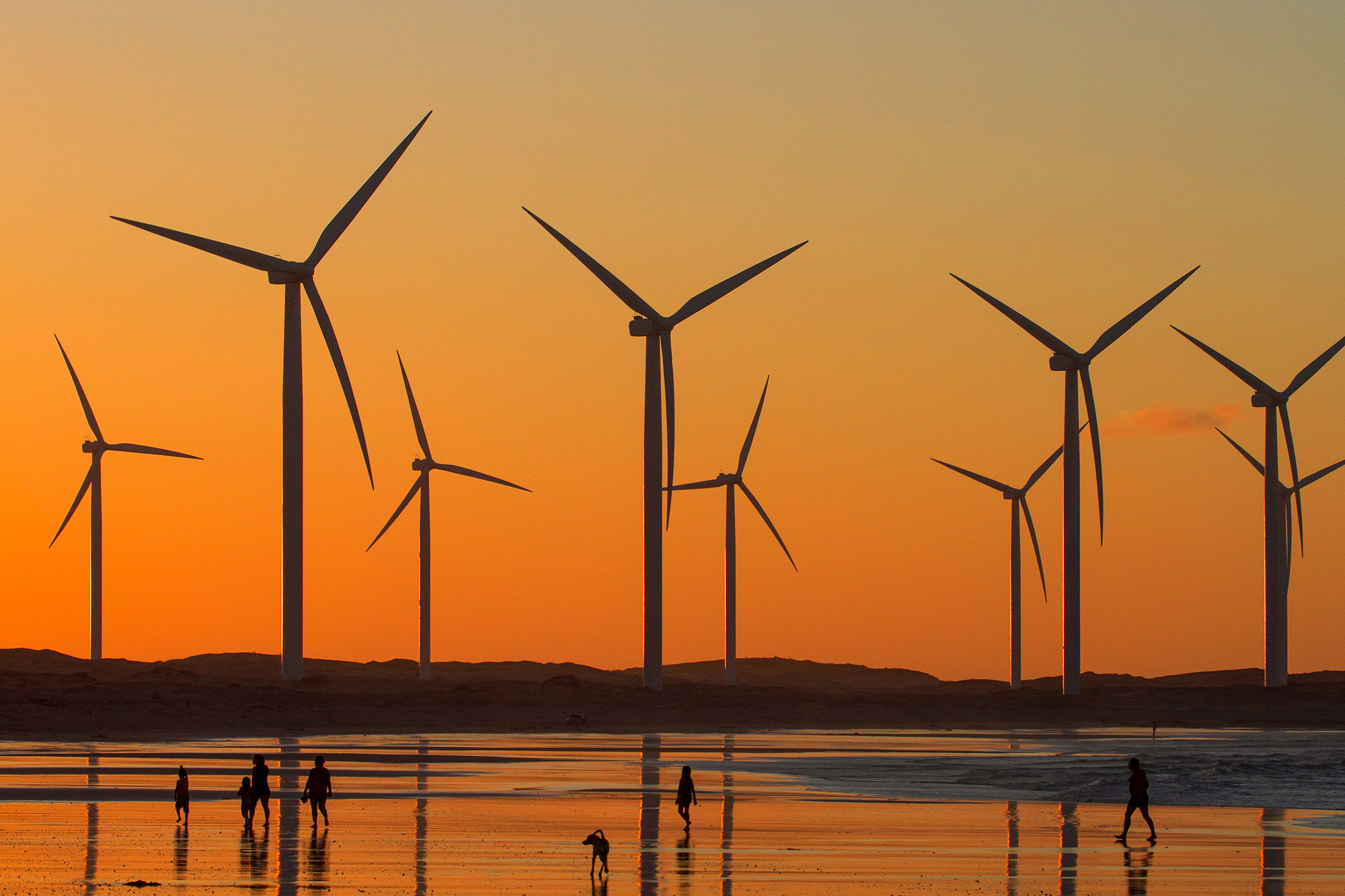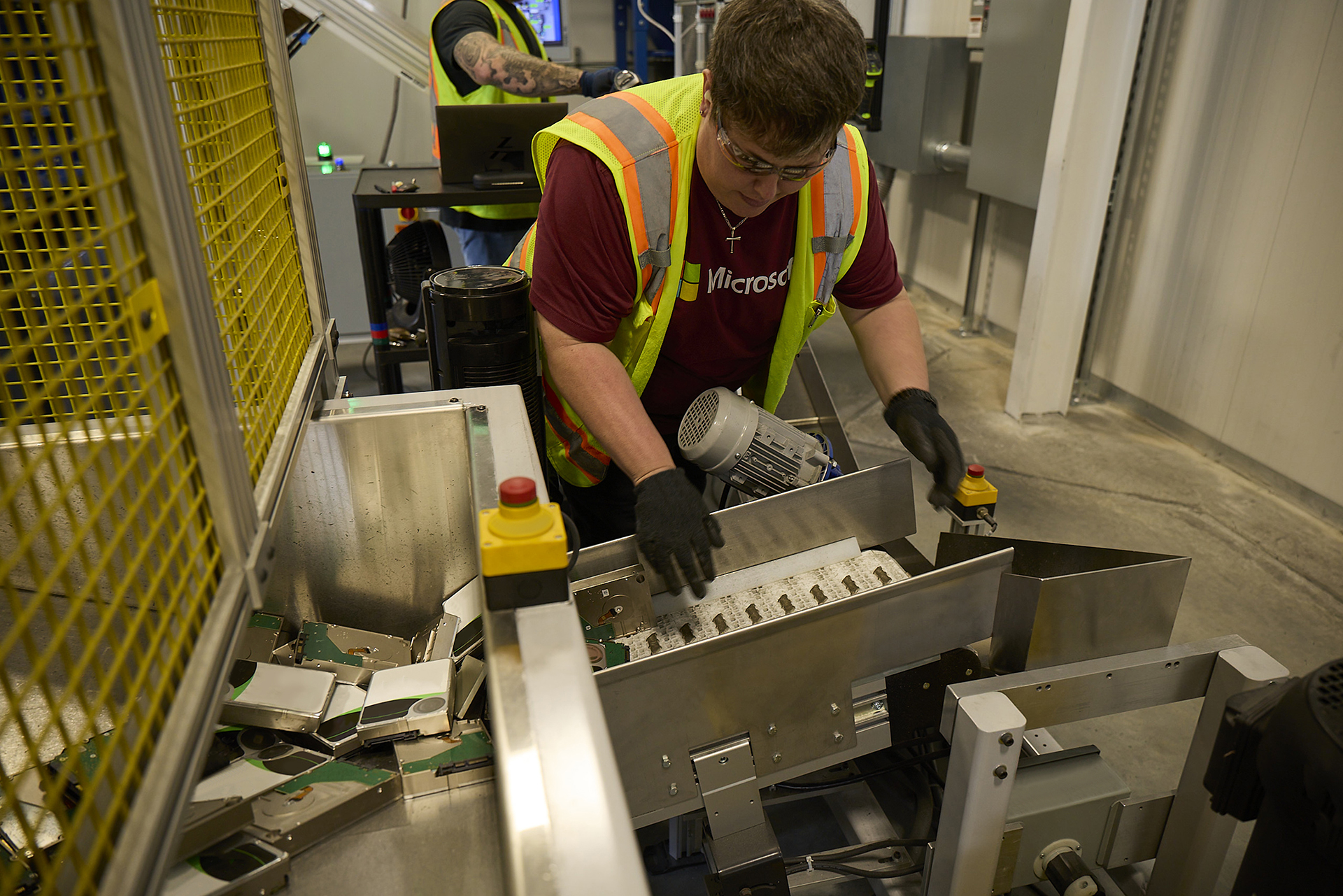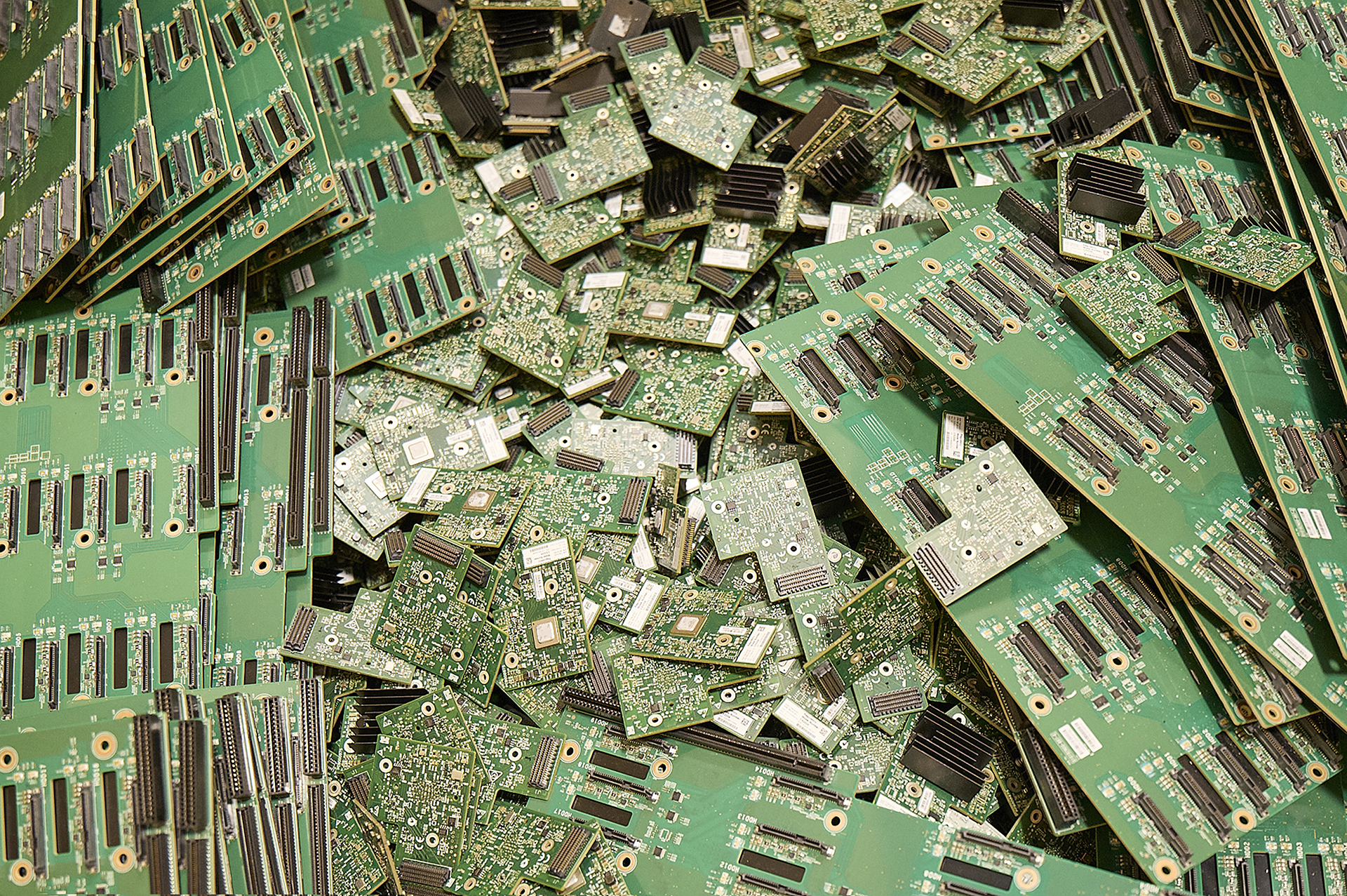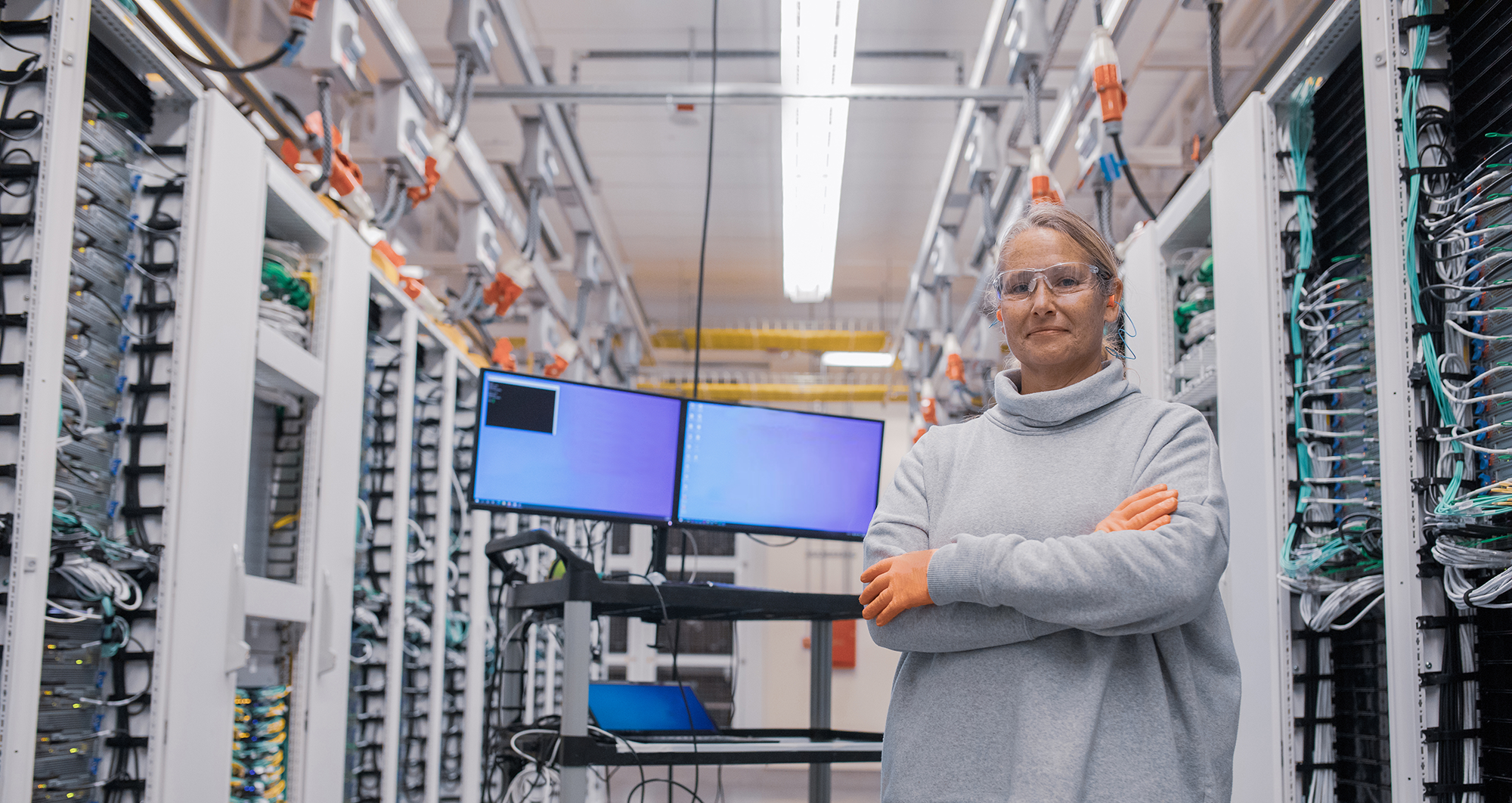
Microsoft datacenters play a crucial role in our everyday lives. They operate around the clock to support a wide spectrum of critical services, from the life-saving work of doctors and first responders to essential needs such as online banking and remote work. Datacenters also quietly power everyday necessities such as online education, video calls with family and deliveries to your doorstep. Our global network of highly secure datacenters spans 34 countries, connected by over 165,000 miles of fiber optic cables. They are the backbone of Microsoft’s Azure cloud platform and enable everything from AI infrastructure and collaboration tools to entertainment.

Fast facts about our datacenters
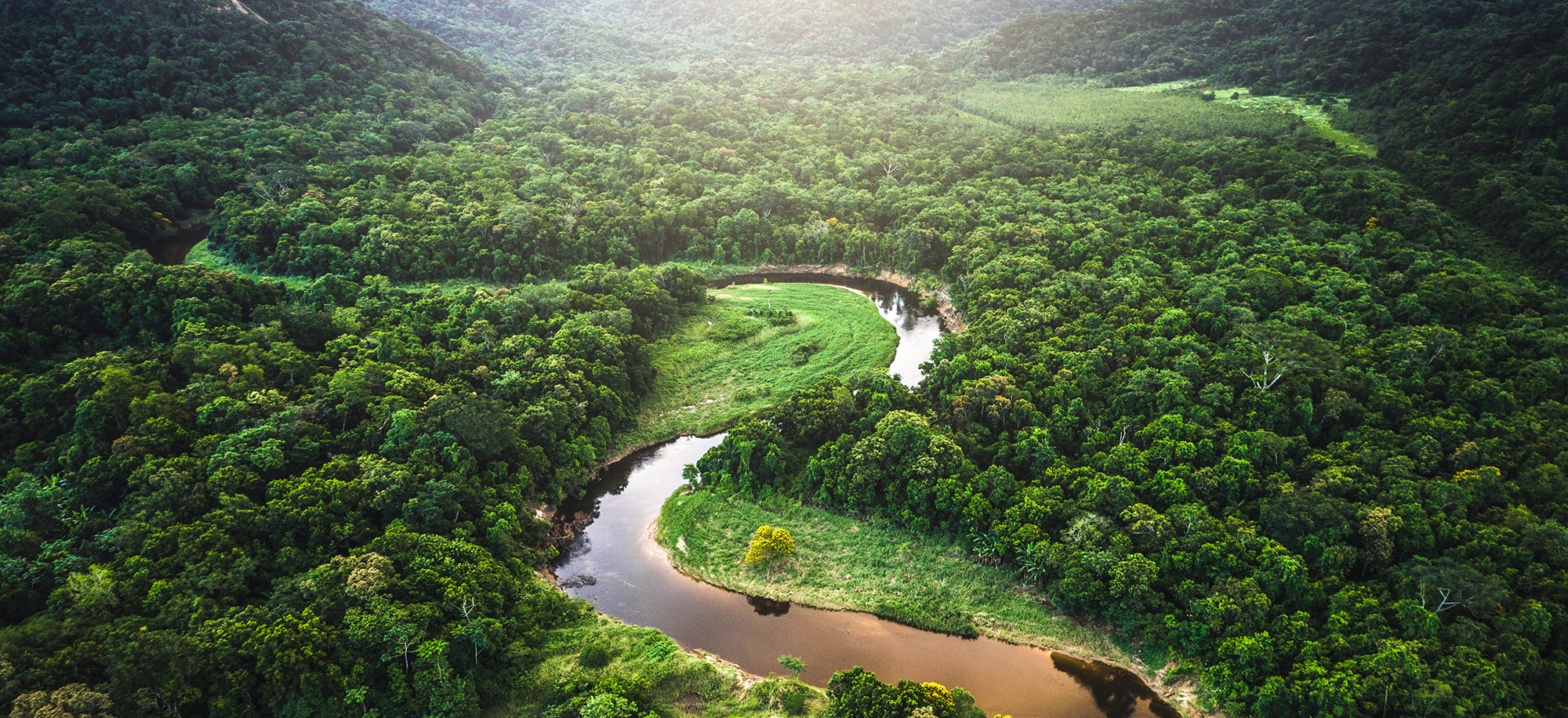
Sustainability
Microsoft is committed to harnessing the power of technology to help everyone, everywhere build a more sustainable future. In 2020, Microsoft announced that we would work to become a carbon negative, water positive and zero waste company, while protecting ecosystems, all by 2030. On this journey, we’re identifying ways to make our datacenters use fewer resources, mitigating water stress and safeguarding critical watersheds wherever we operate. We are also investing in climate solutions through our Climate Innovation Fund, purchasing and supporting development of renewable energy and partnering on high-quality carbon removal projects around the world.
Global footprint
We are dedicated to improving communities by promoting economic opportunities, driving innovation and ensuring sustainability. As we expand our datacenters globally, we are committed to maintaining the highest standards of compliance, resiliency and data sovereignty.
Future of datacenters
We invest in innovative approaches, clean energy solutions and cutting-edge materials to make our datacenters more efficient, secure and environmentally responsible.
In communities
We believe in doing more for humanity and the planet. By focusing on the positive impact technology can have on communities and people, we strive to earn trust, contribute to sustainability and be a responsible neighbor.
Microsoft datacenters image gallery
Datacenter exterior & interior images
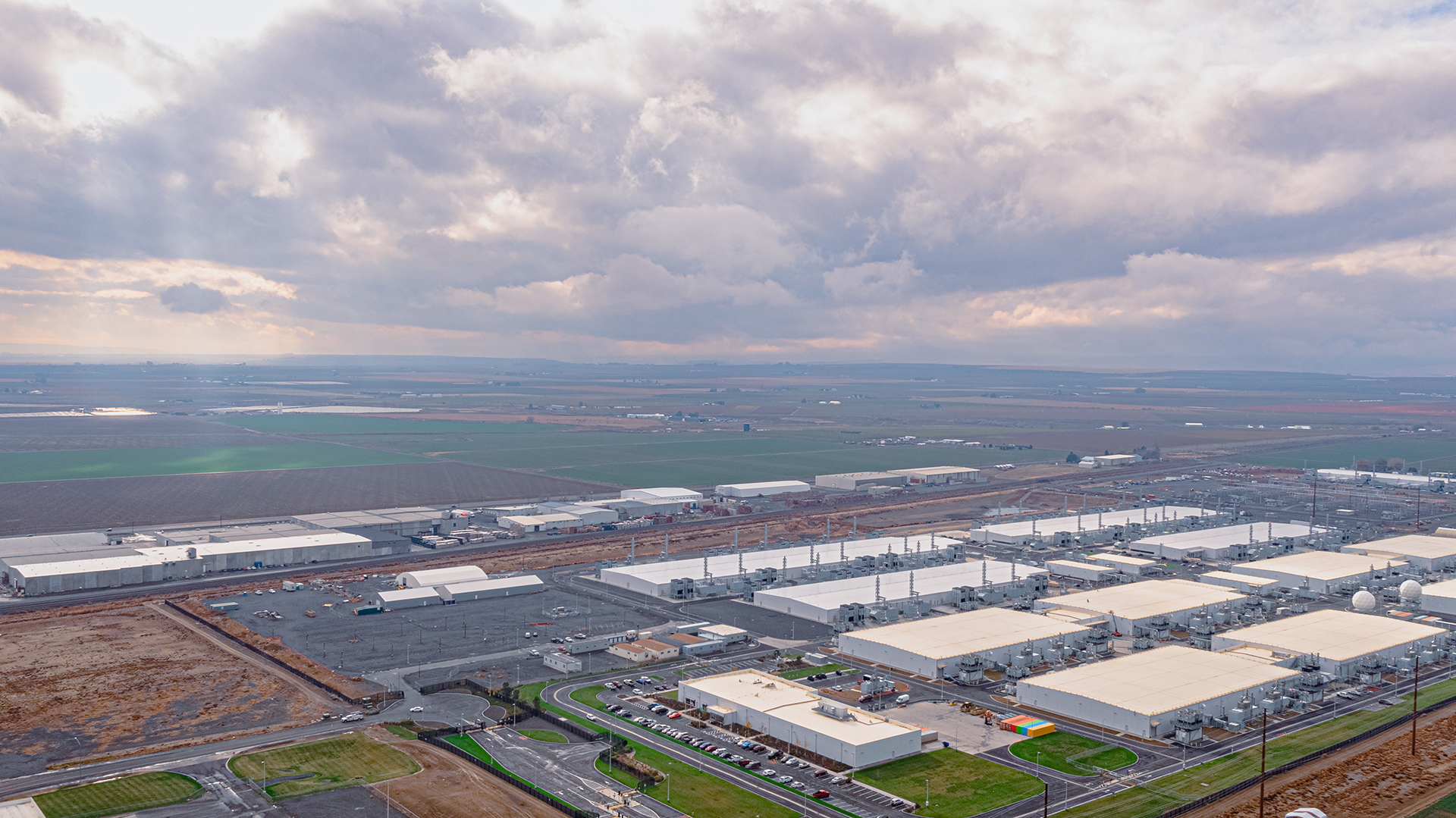 Web
Print
Web
Print
The West US 2 region campus, located in Quincy, Washington, is part of Microsoft’s significant investment to support the increasing demand for cloud services.
Datacenters & AI
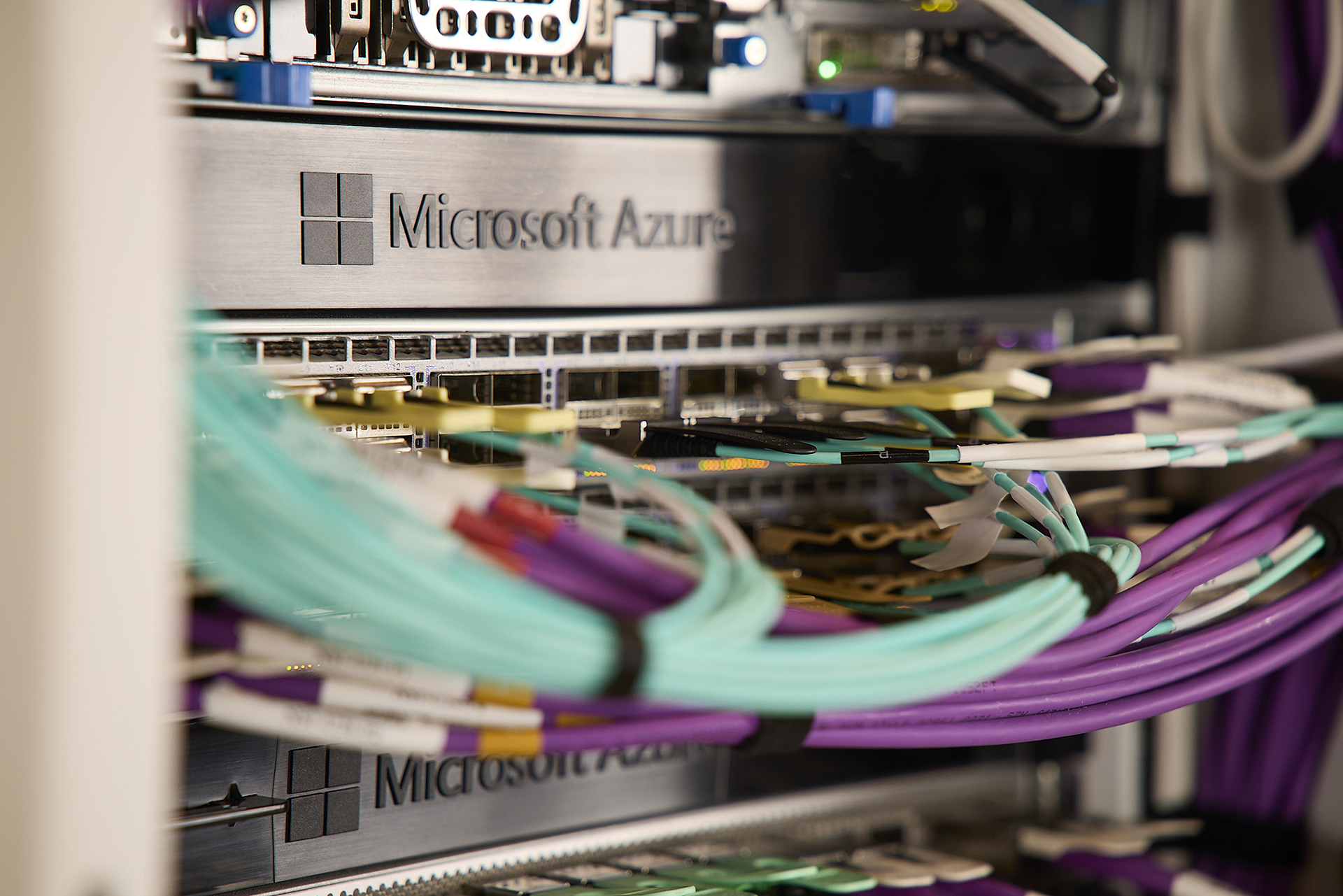 Web
Print
Web
Print
Maia 100 equipment in Microsoft datacenters optimizes data processing and enhances computational efficiency.
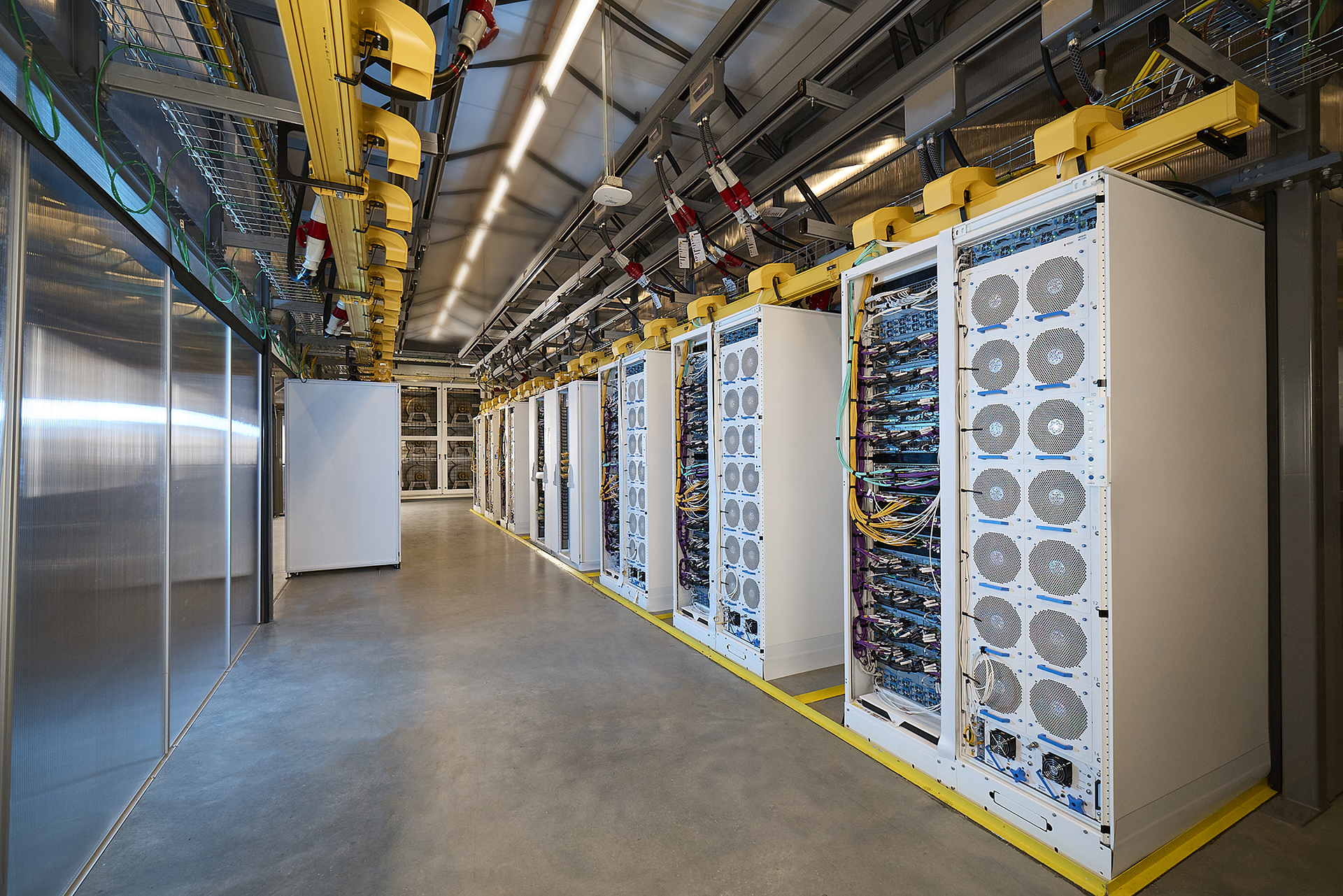 Web
Print
Web
Print
Maia 100 equipment in Microsoft datacenters optimizes data processing and enhances computational efficiency.
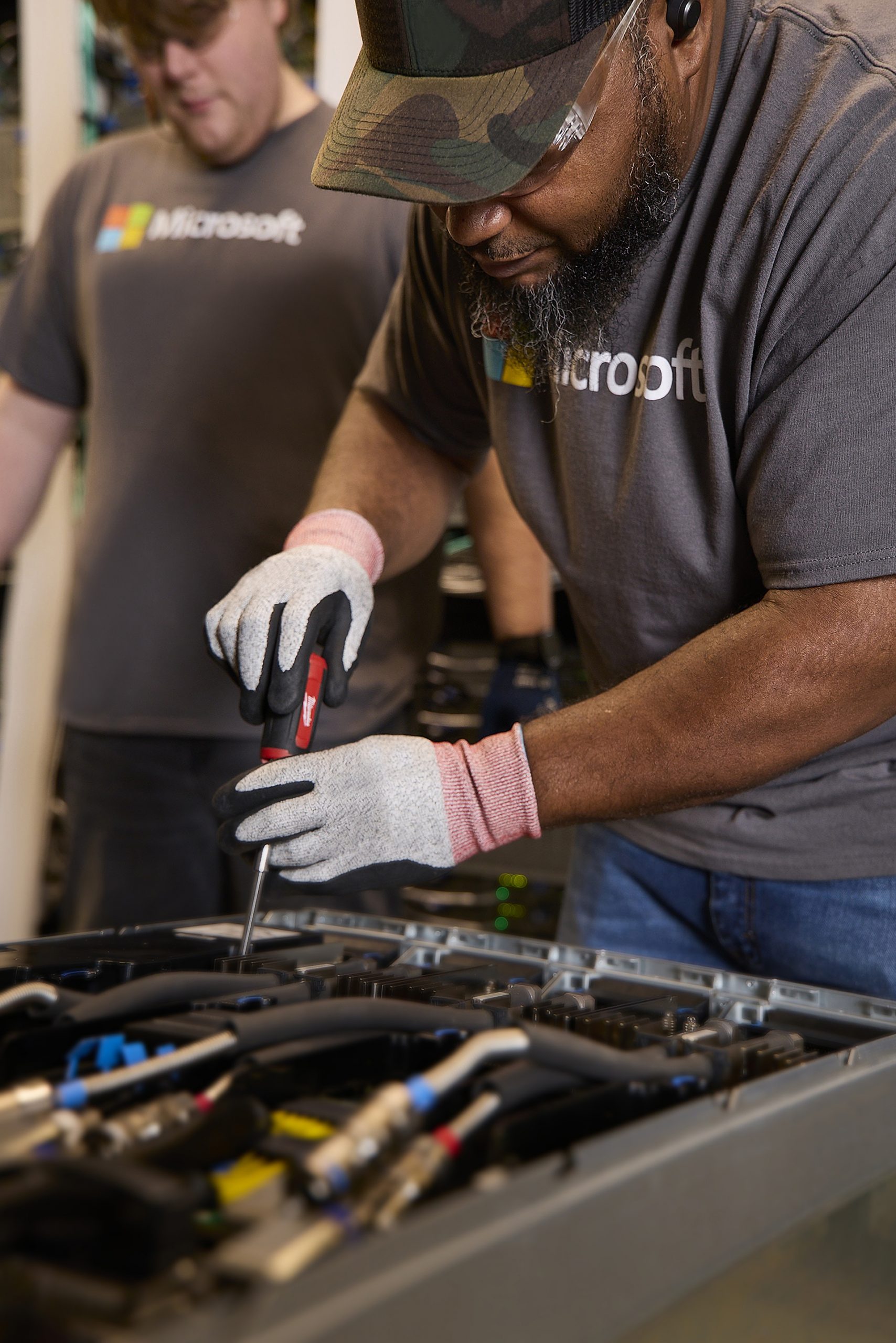 Web
Print
Web
Print
Microsoft datacenter service technicians Nicolas Allgood (left) and Shannon Russell (right) working in a Maia 100 cold aisle.
Sustainability
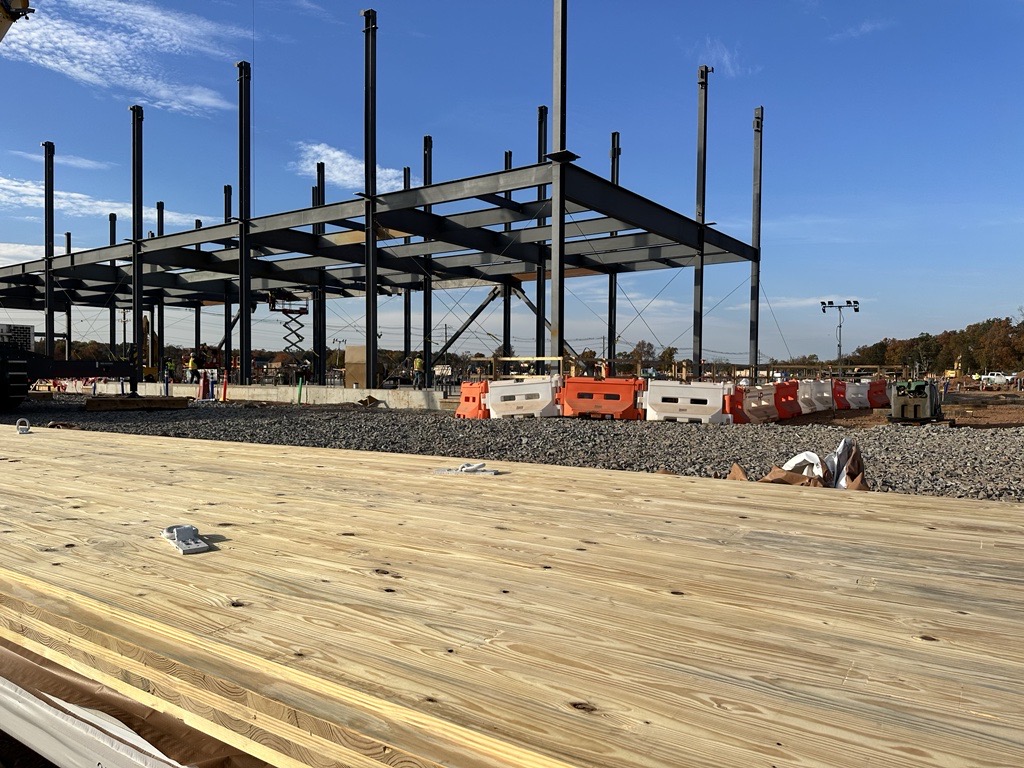 Web
Print
Web
Print
The use of cross-laminated timber in two new Microsoft datacenters in northern Virginia will help reduce the reliance on steel and concrete, significantly lowering carbon emissions.
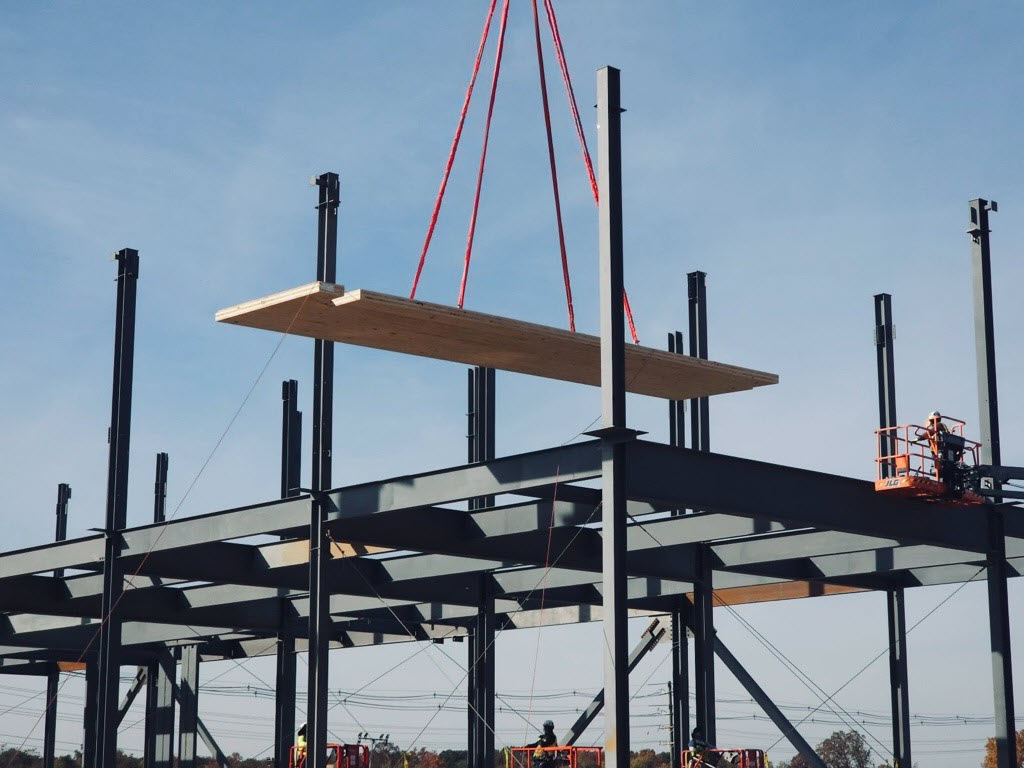 Web
Print
Web
Print
Cross-laminated timber being used in two new Microsoft datacenters under construction in northern Virginia will enable the company to reduce the use of steel and concrete, two big contributors to carbon emissions.
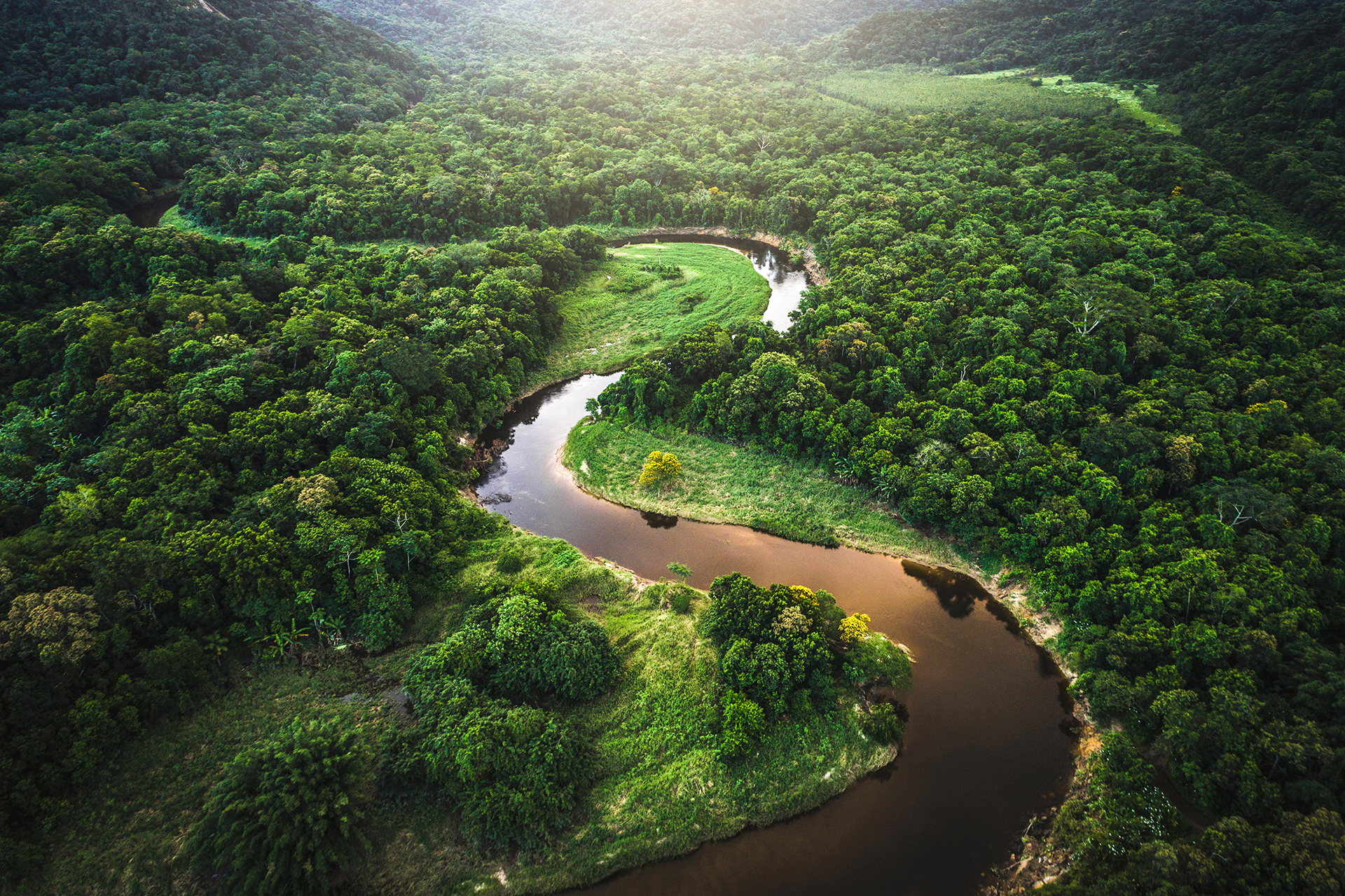 Web
Print
Web
Print
Microsoft is investing in reforestation projects in Brazil to support carbon capture and removal.
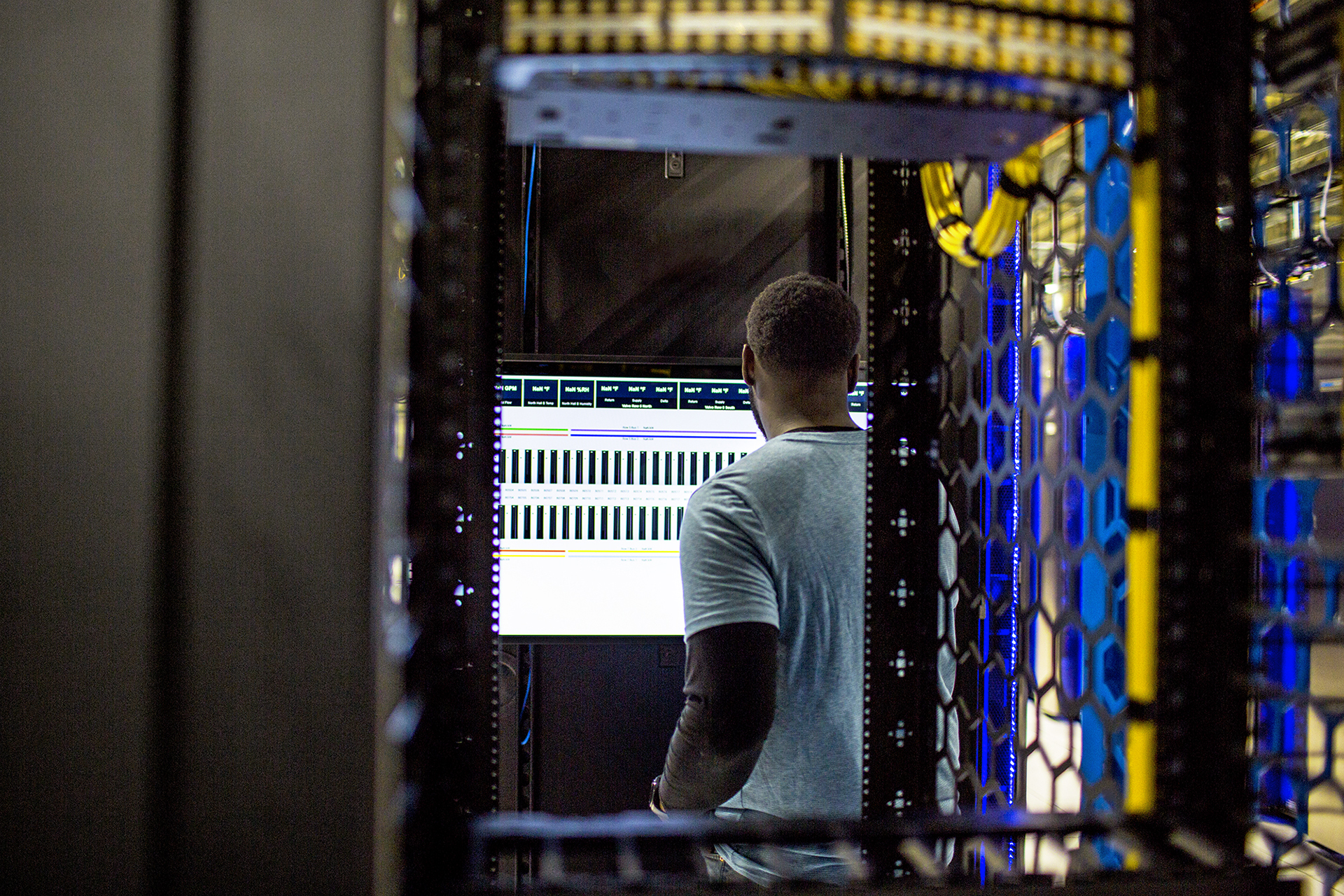 Web
Print
Web
Print
Technicians build and maintain a LinkedIn server farm, which operates on 100% renewable energy and uses eco-friendly solutions such as using reclaimed water for cooling.
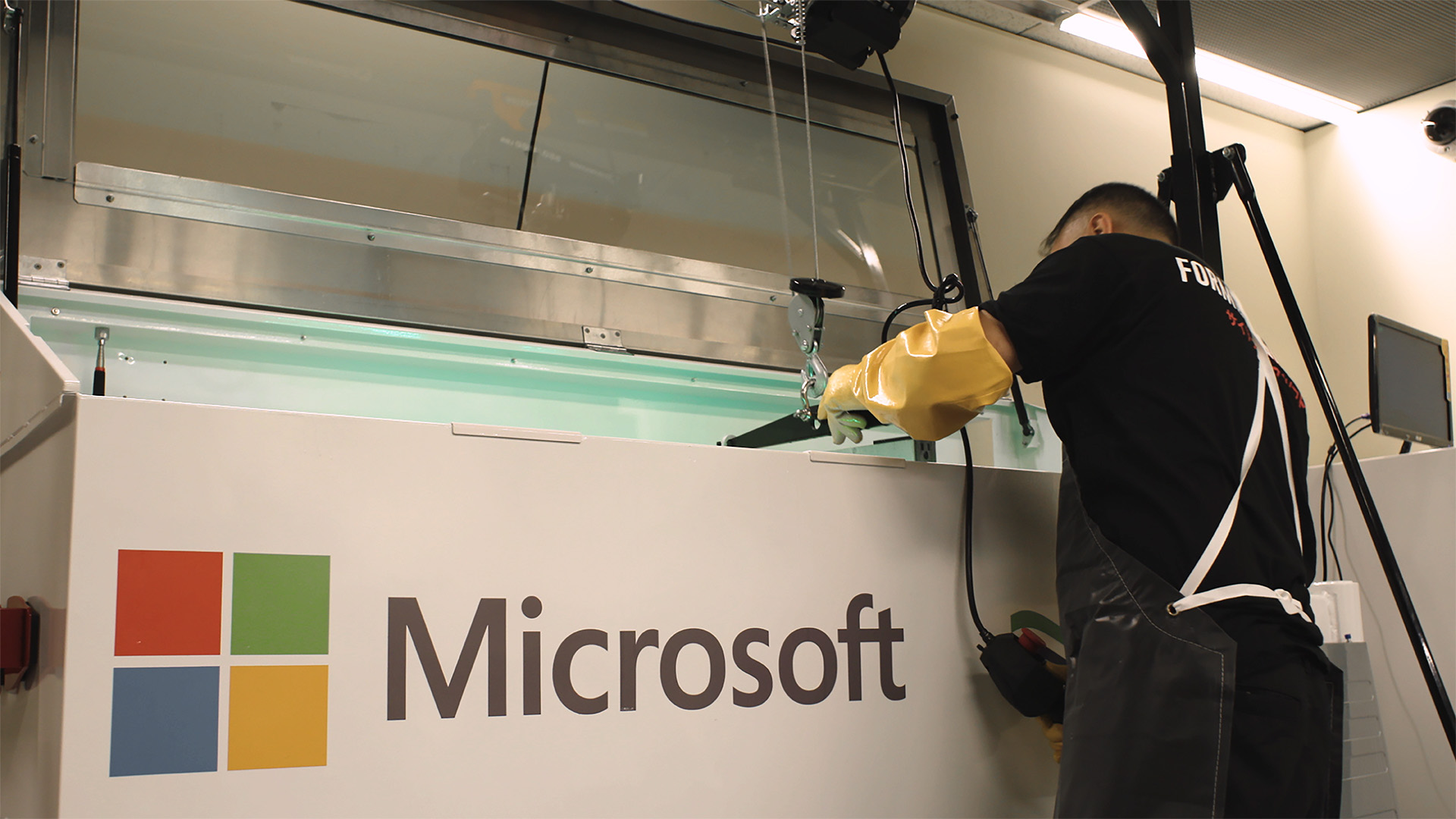 Web
Print
Web
Print
Microsoft developed a liquid cooling tank prototype for immersion cooling, used as an alternative to traditional air-cooled chilling techniques used in datacenters.
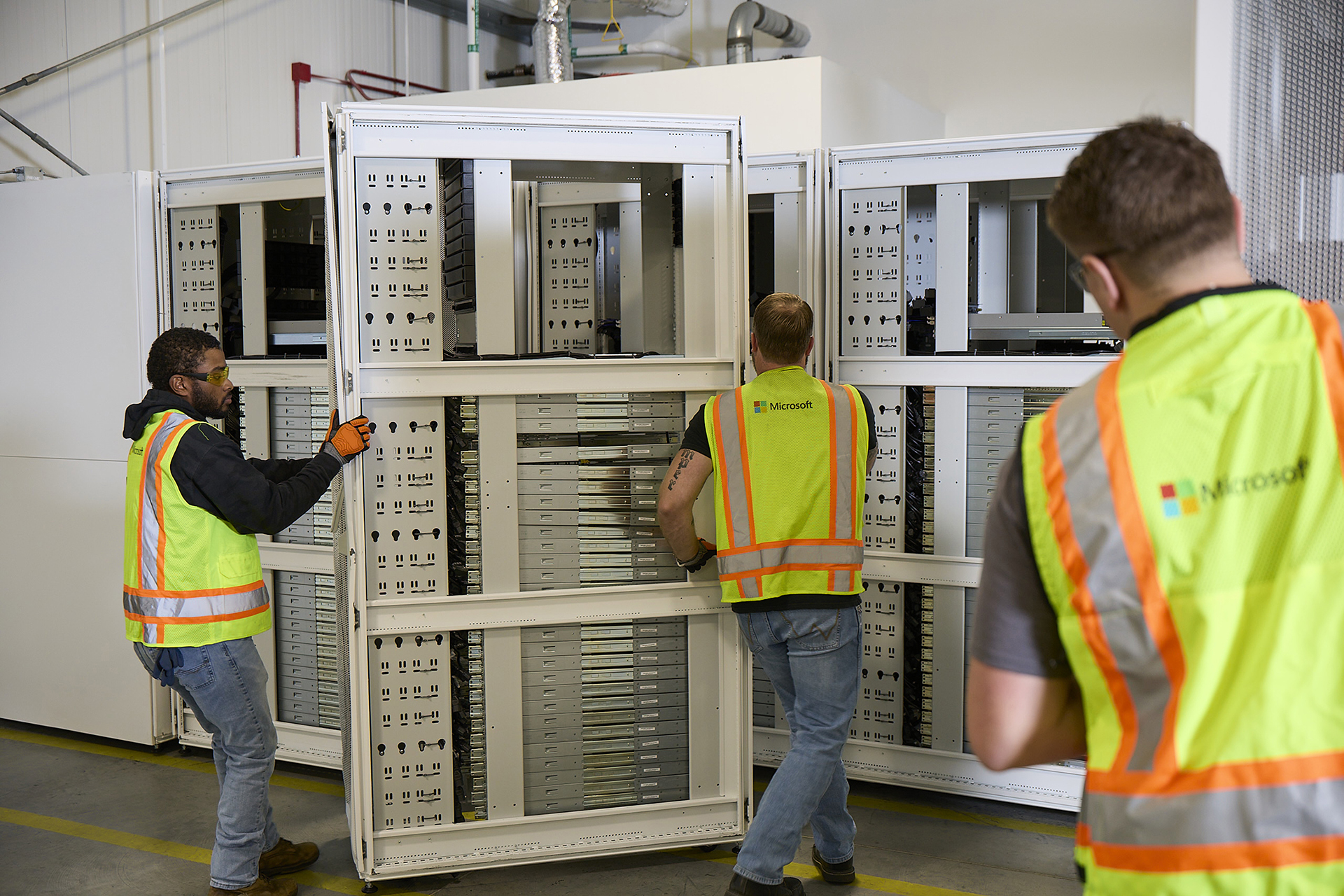 Web
Print
Web
Print
Depending on its size, a Microsoft Circular Center can process 3,000-12,000 servers per month for reuse and recycling, diverting waste that would customarily go to landfills. (Samuel Saddens Jr, left; Emory V. Hoke II, center; Hunter Roberts, right)
For press inquiries contact WE Communications


